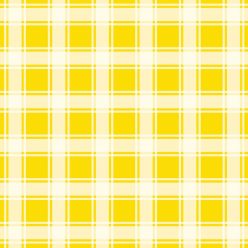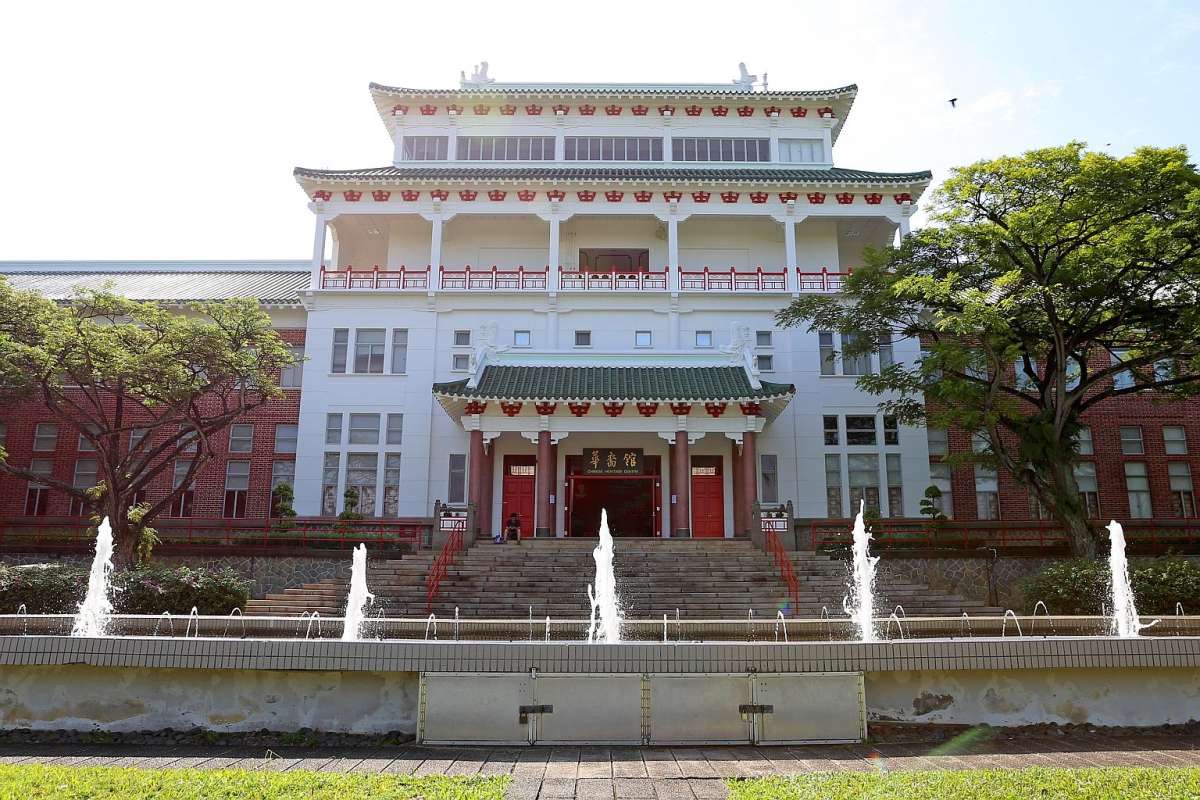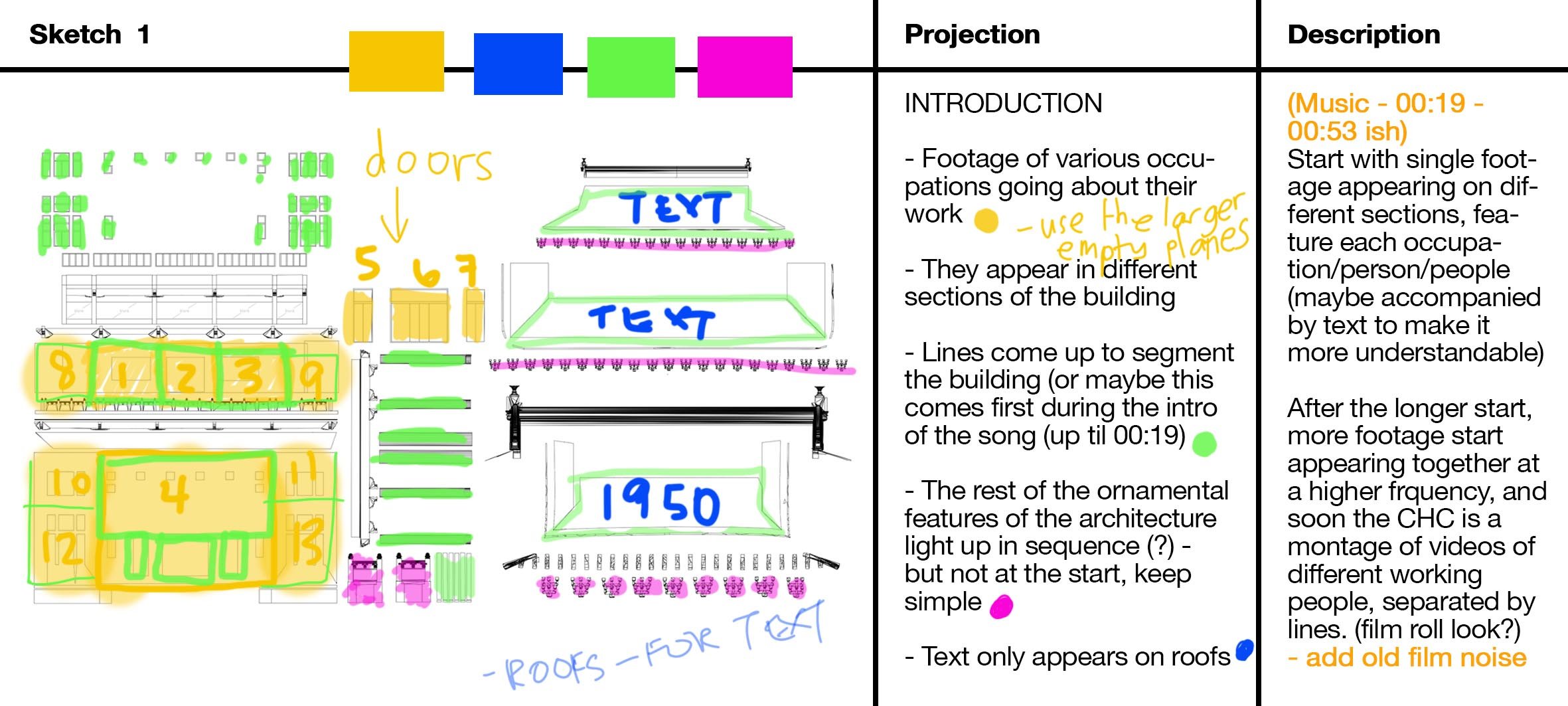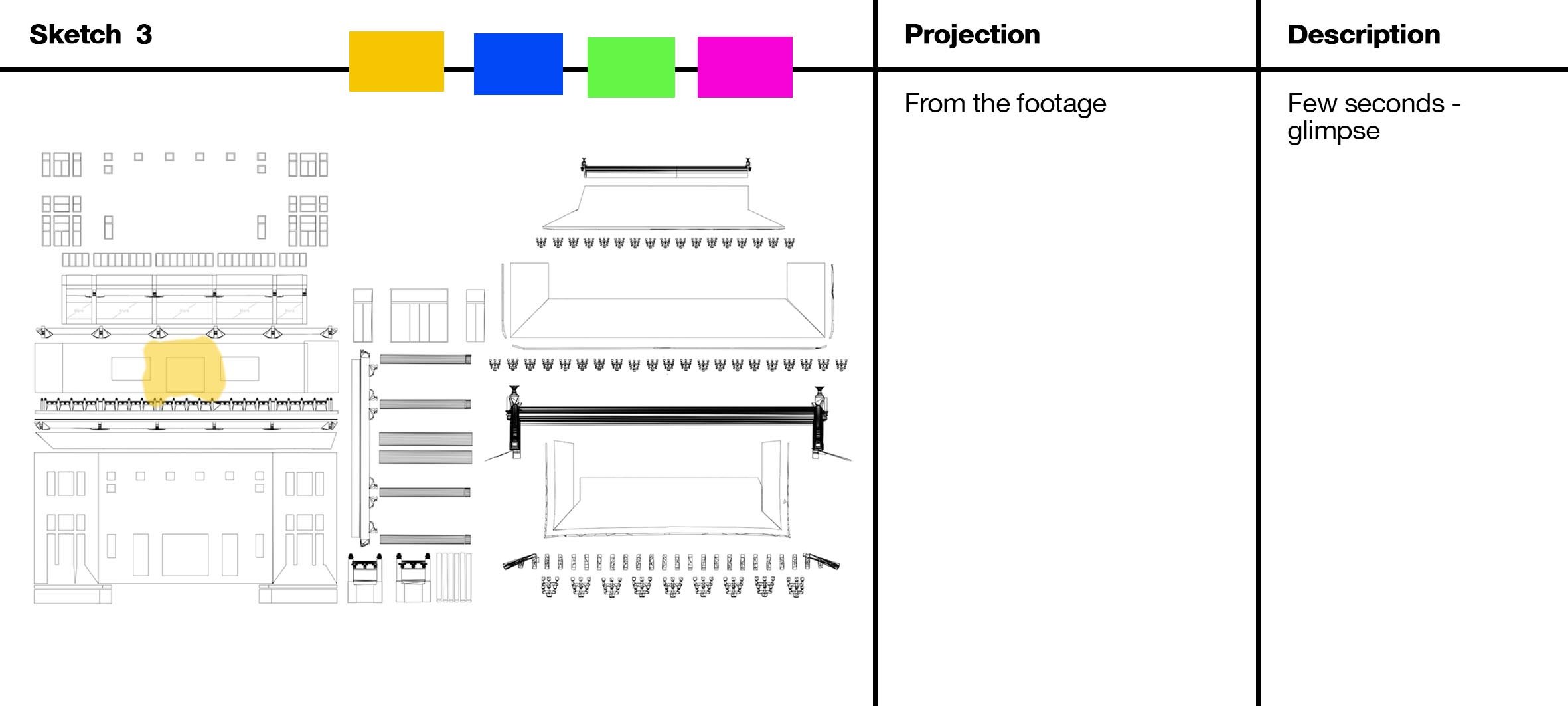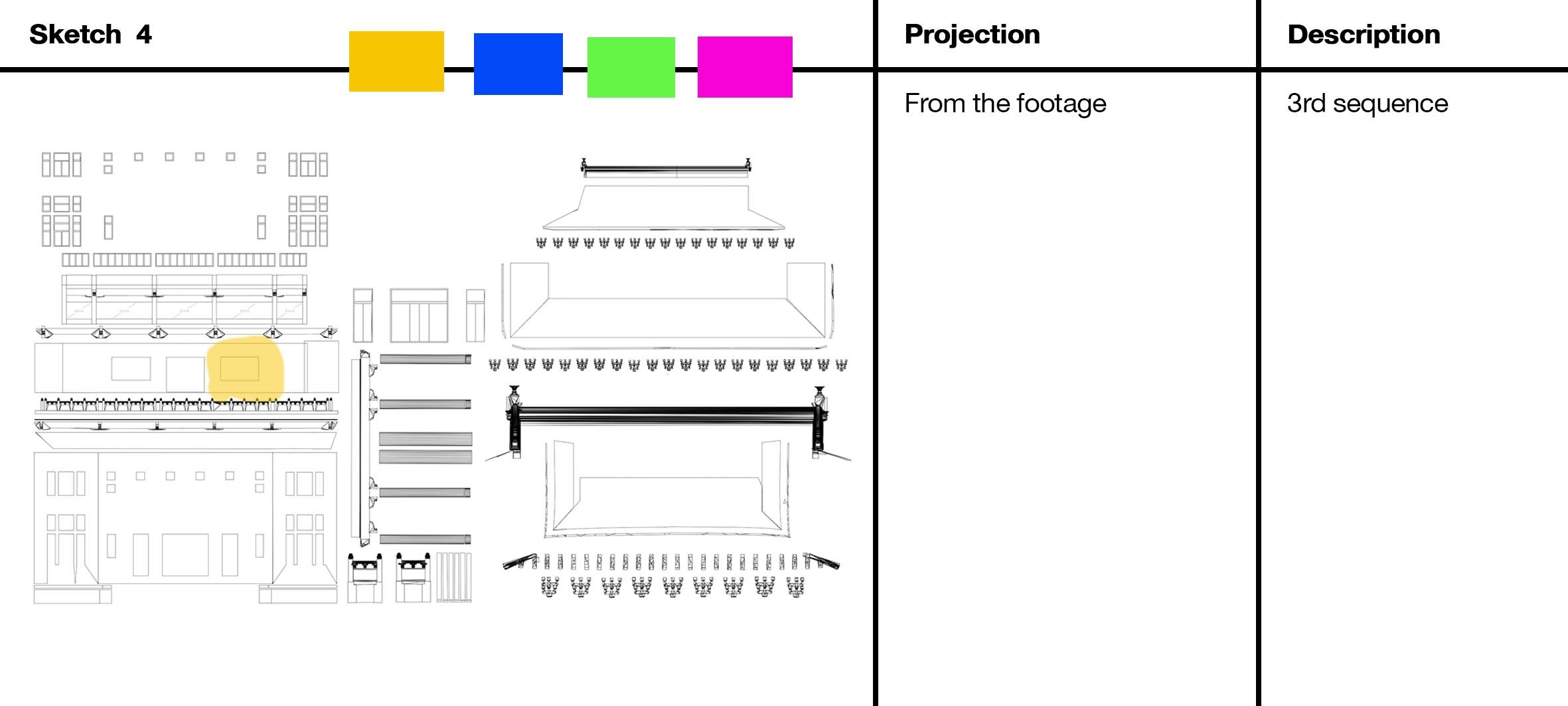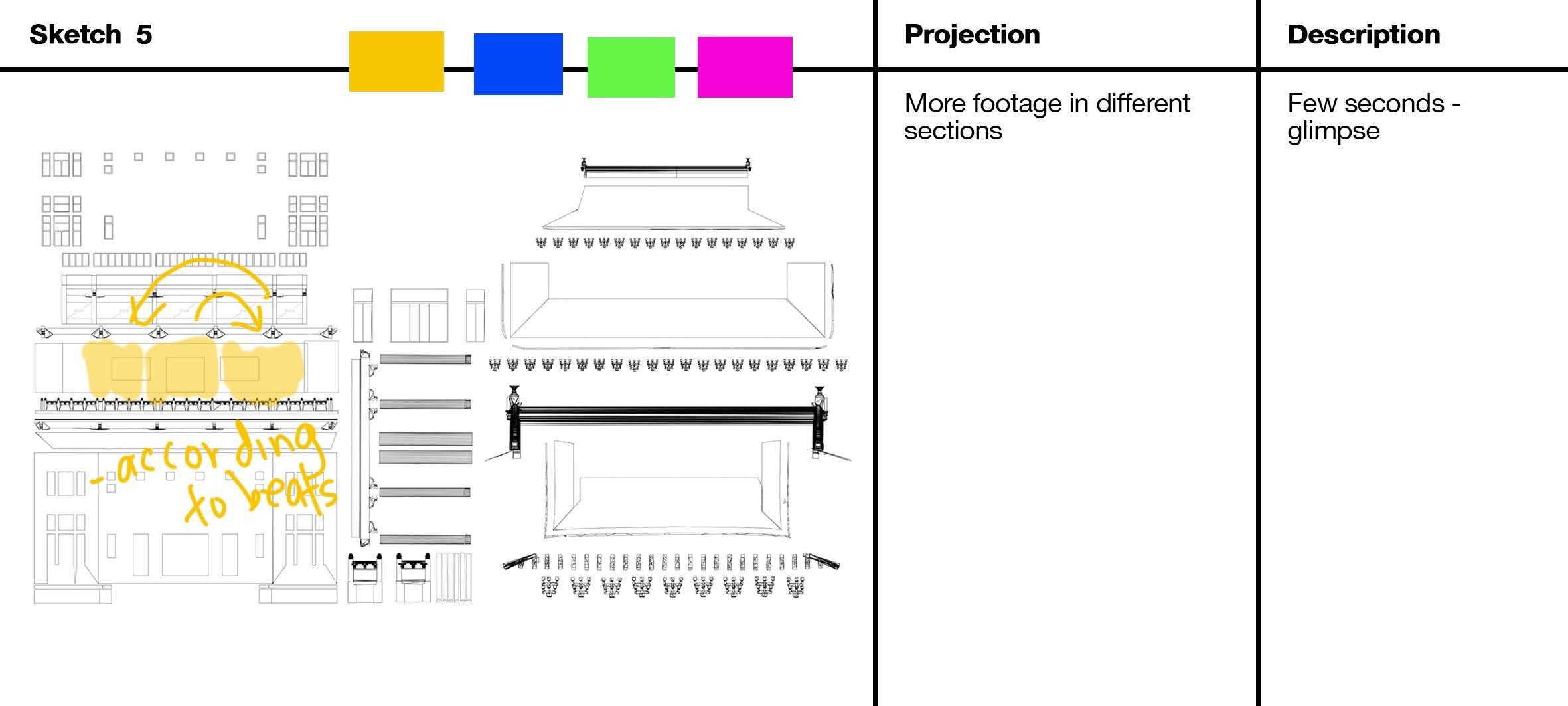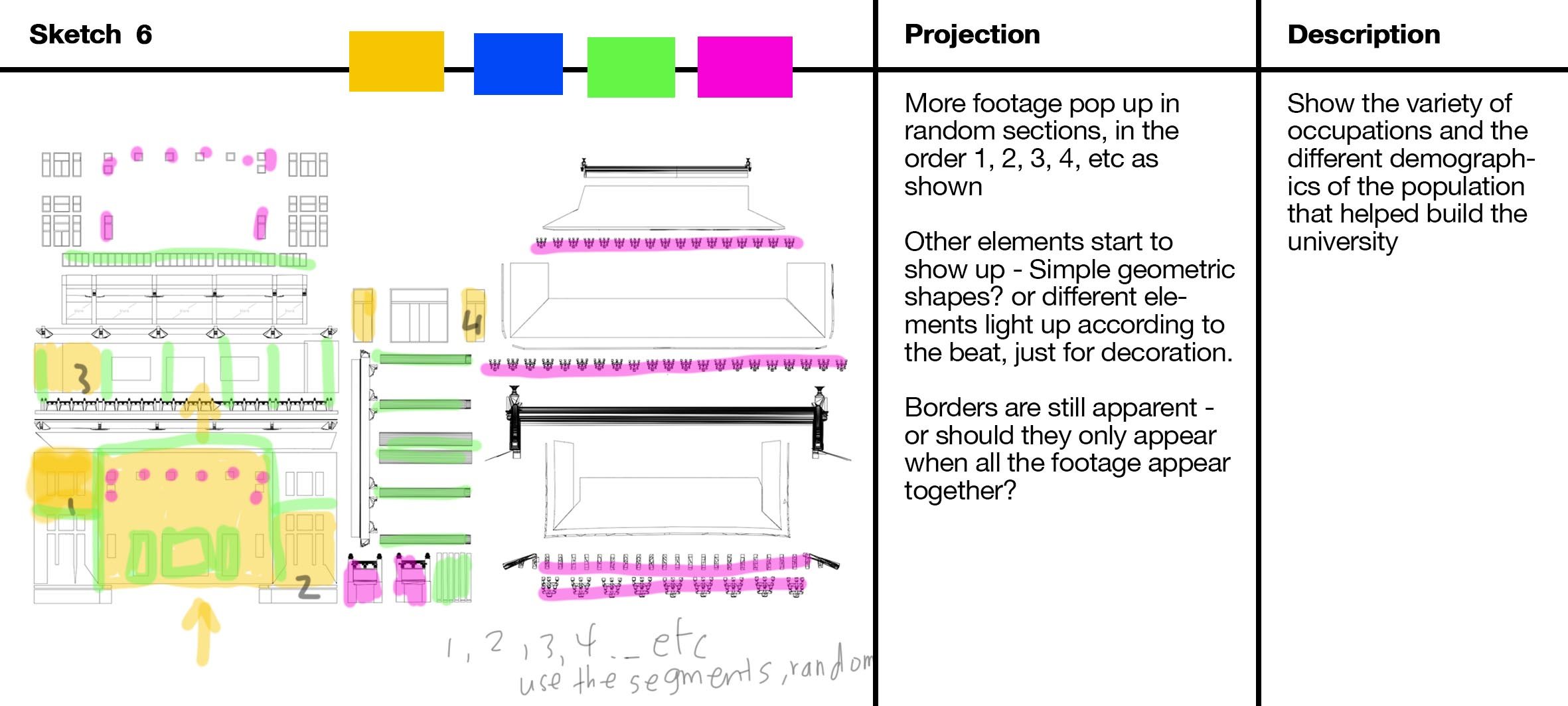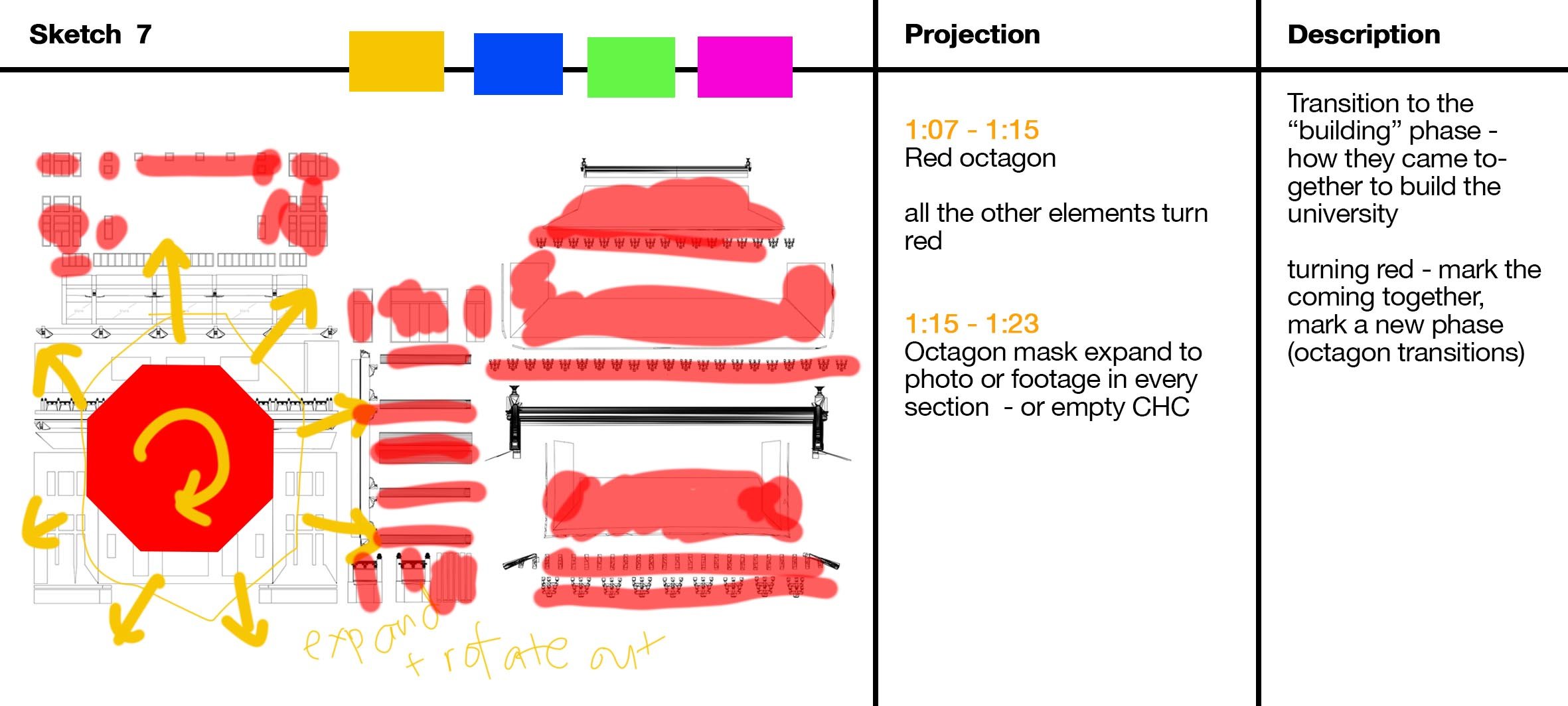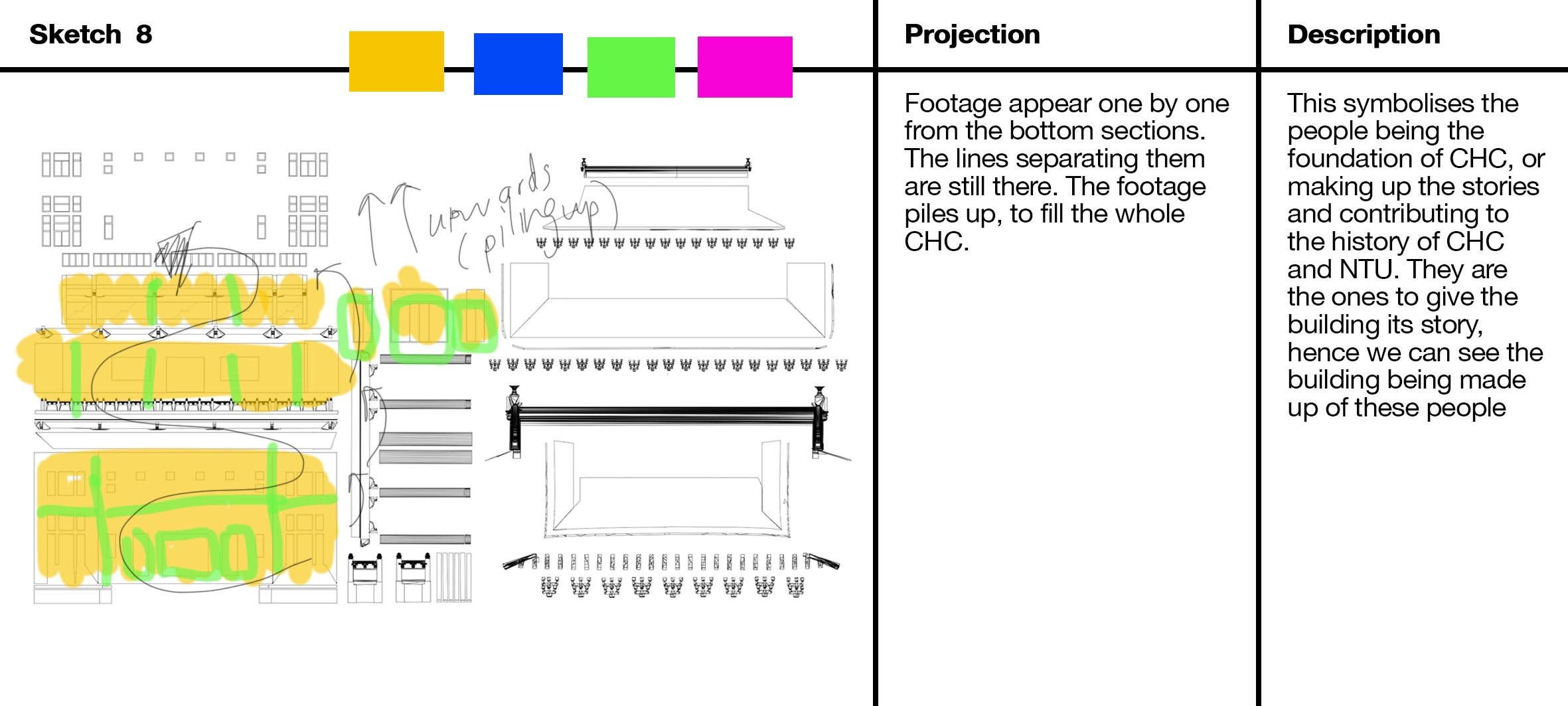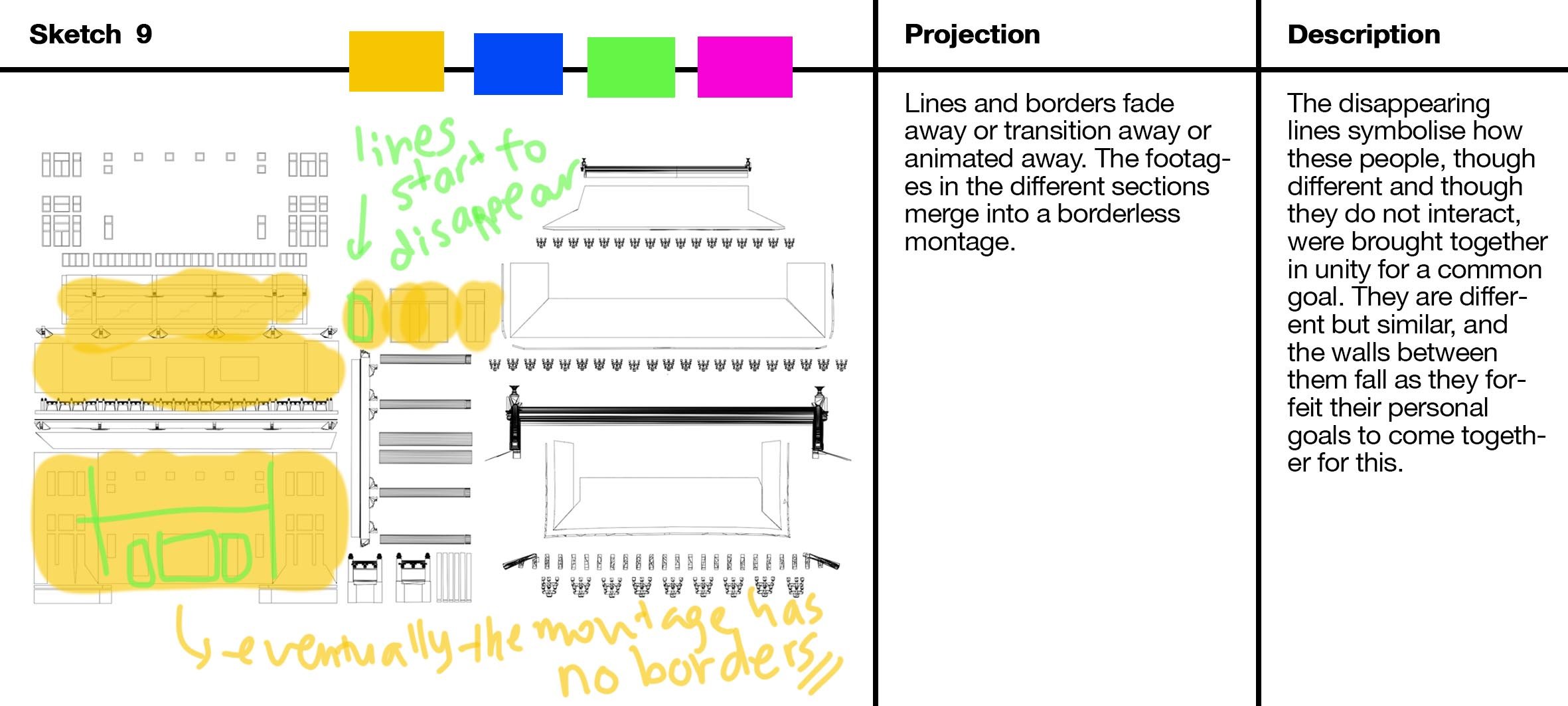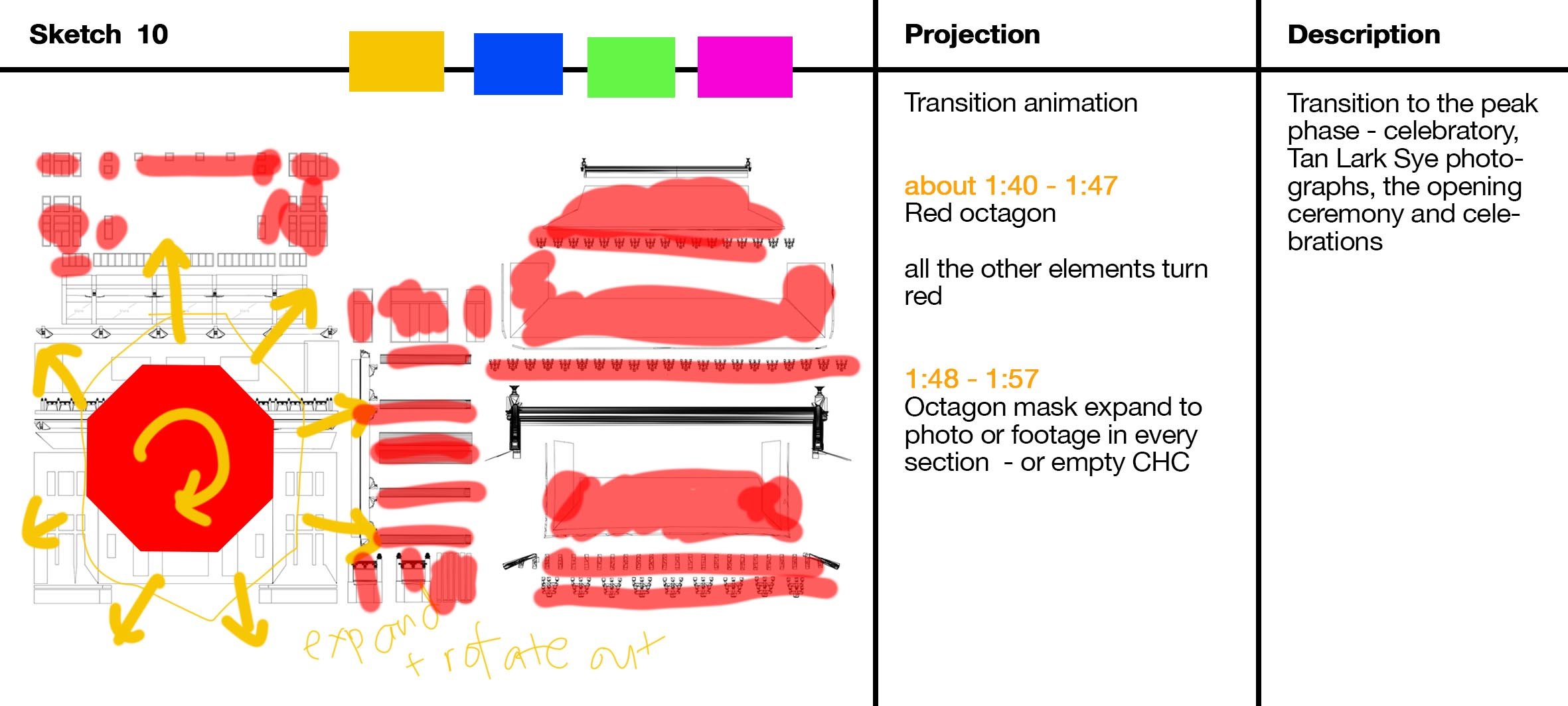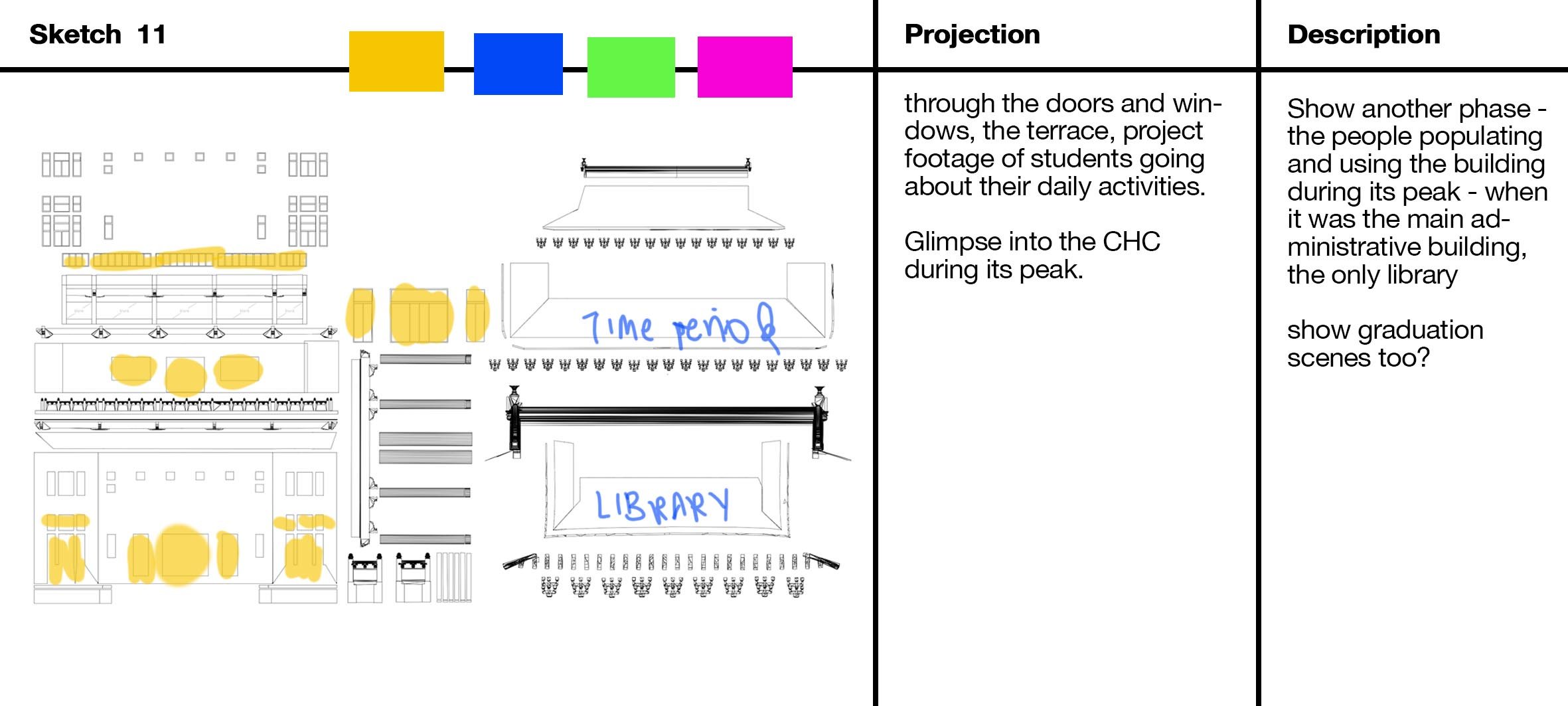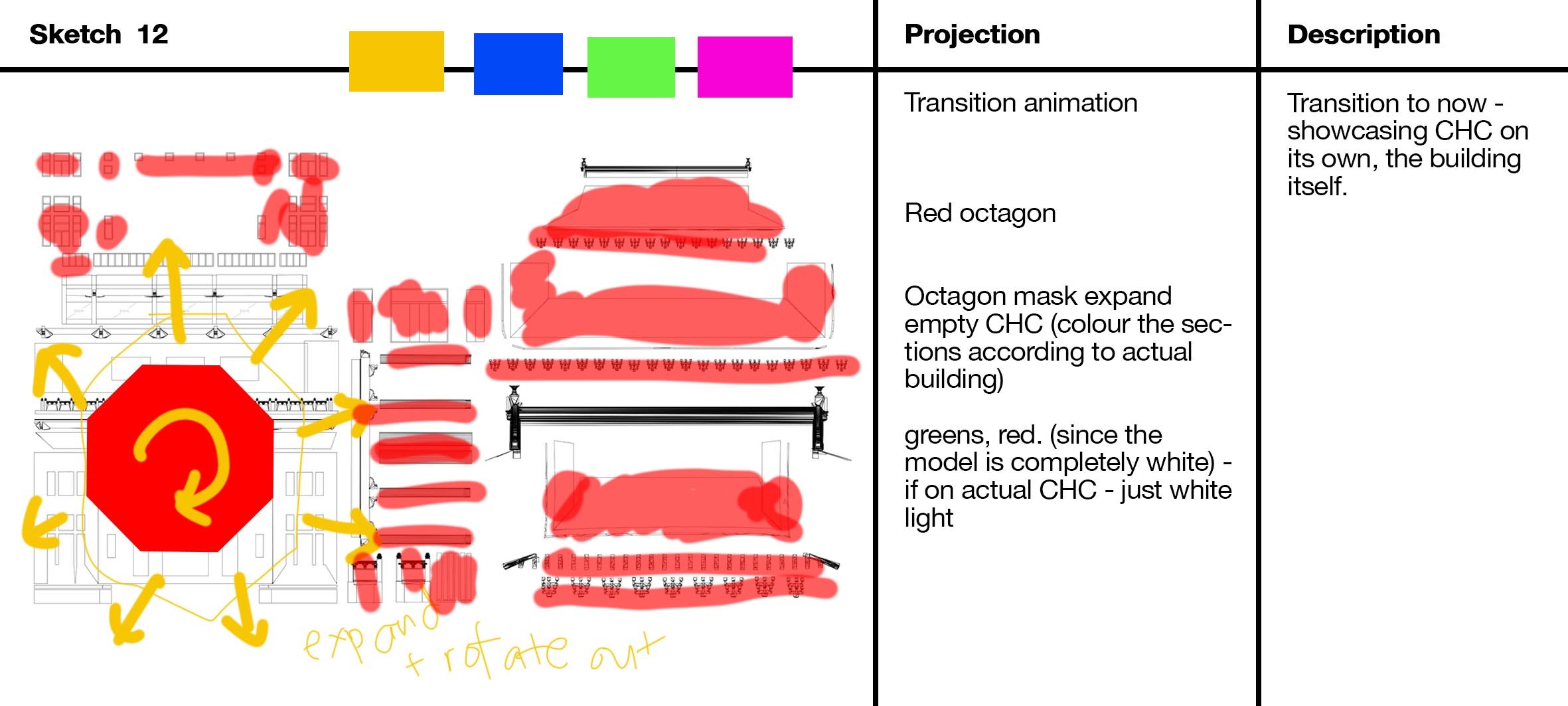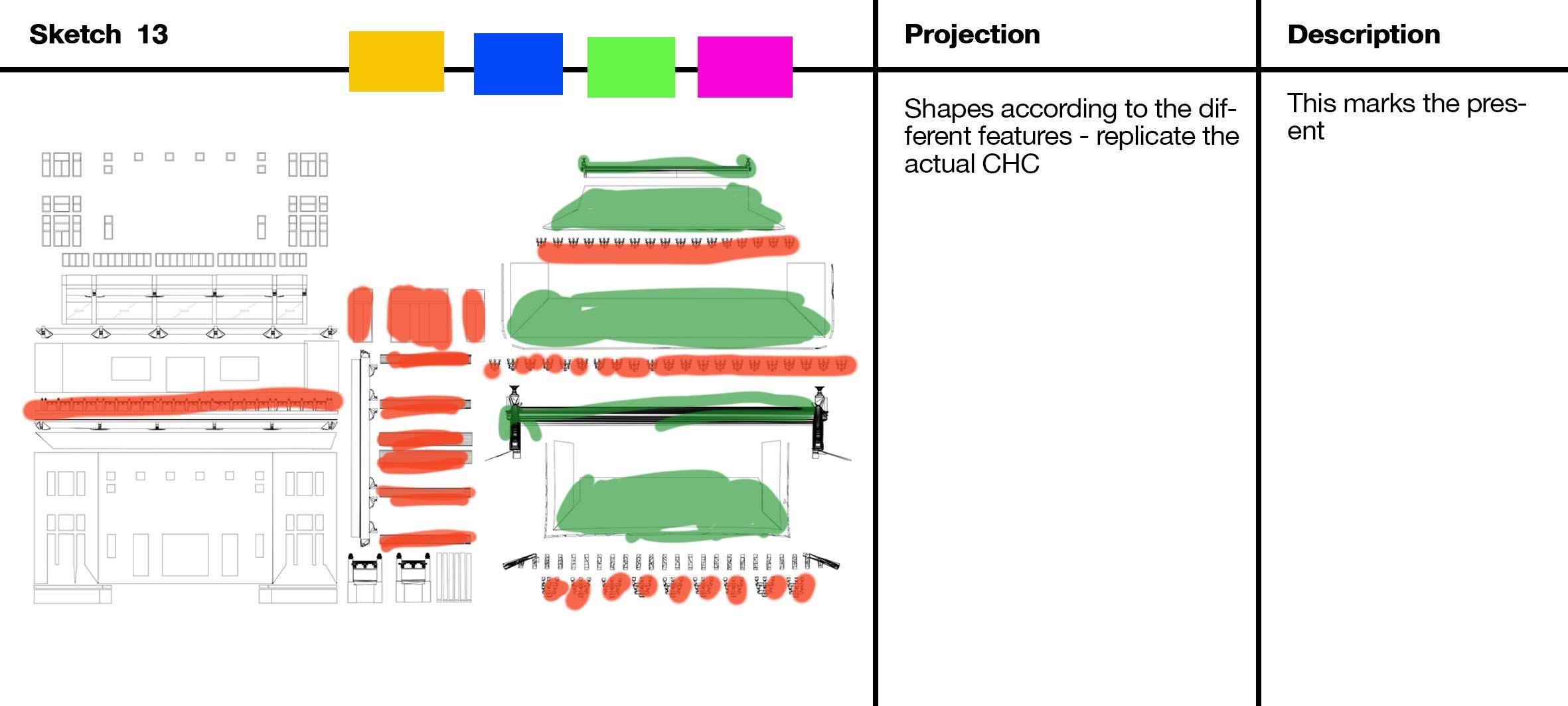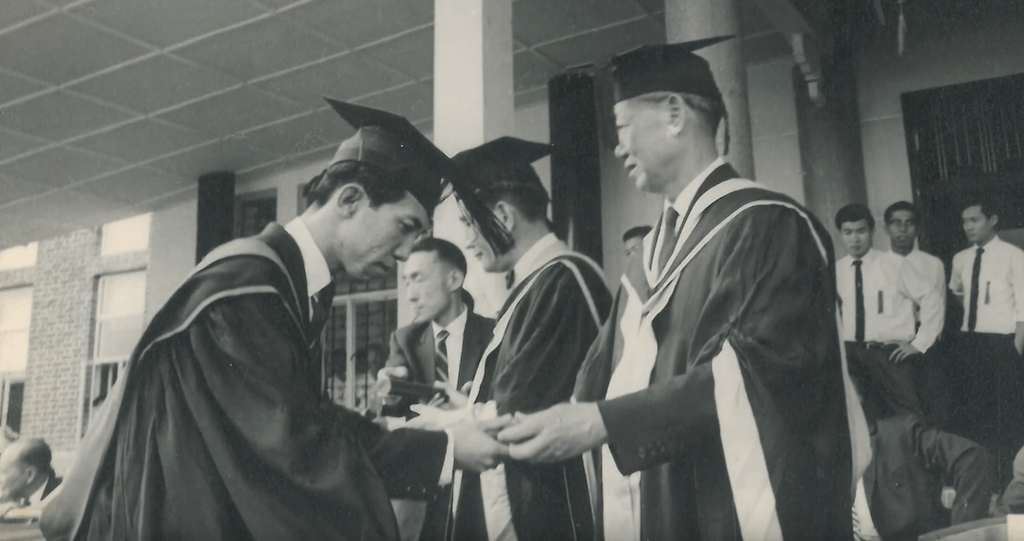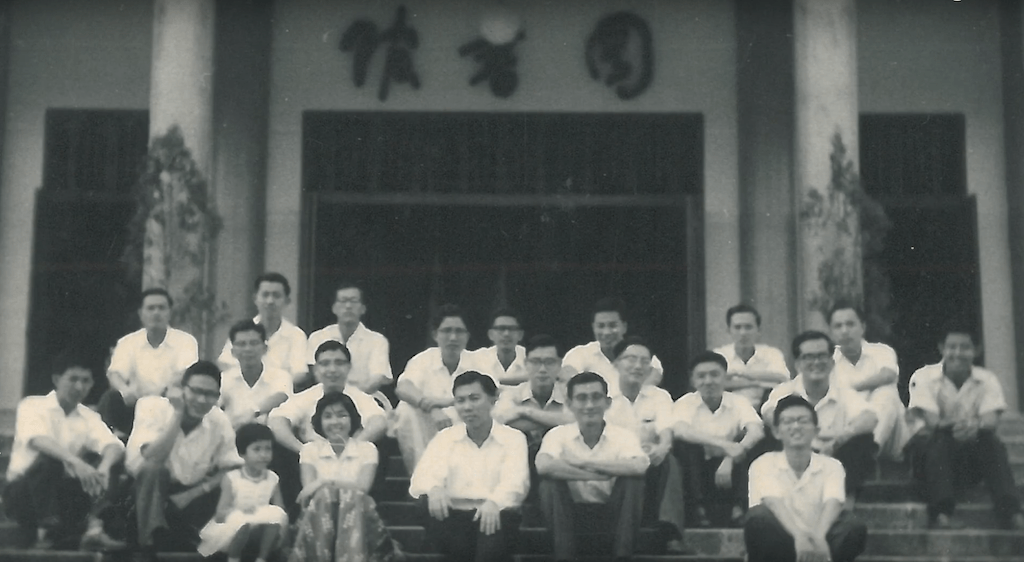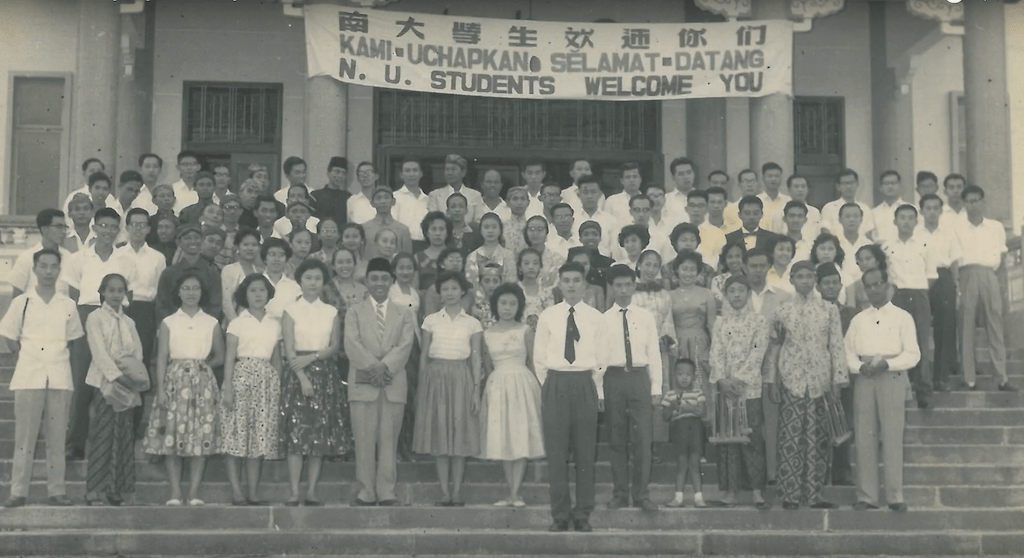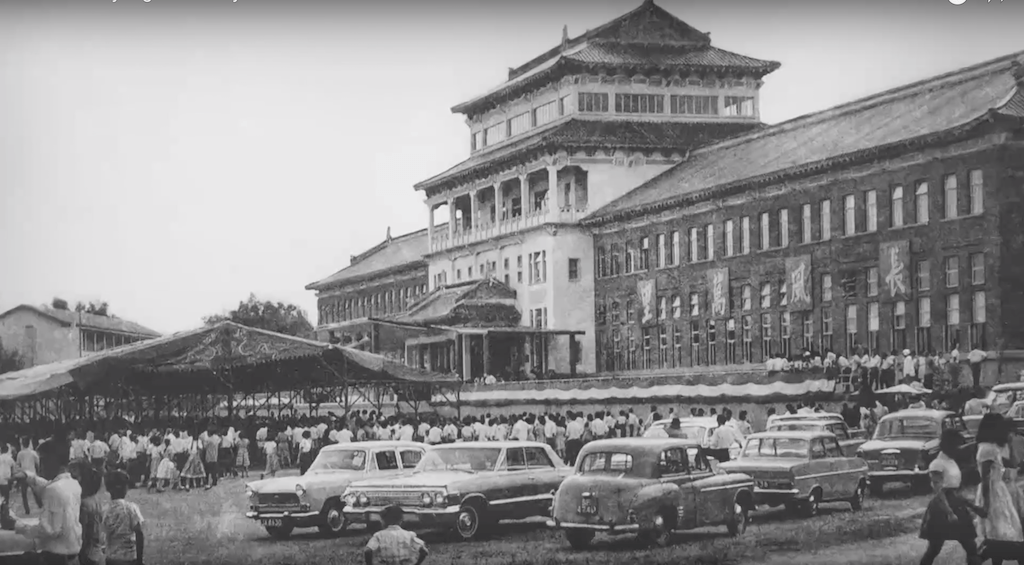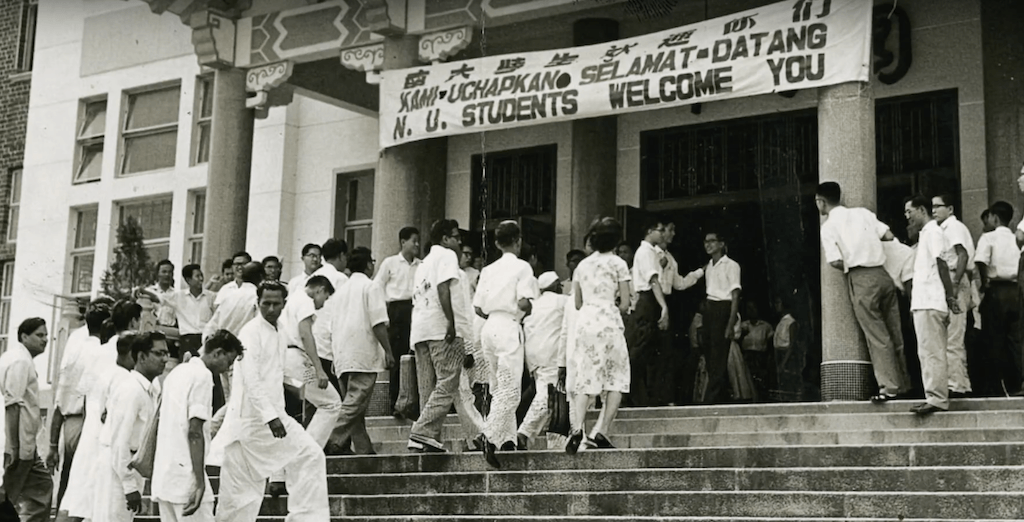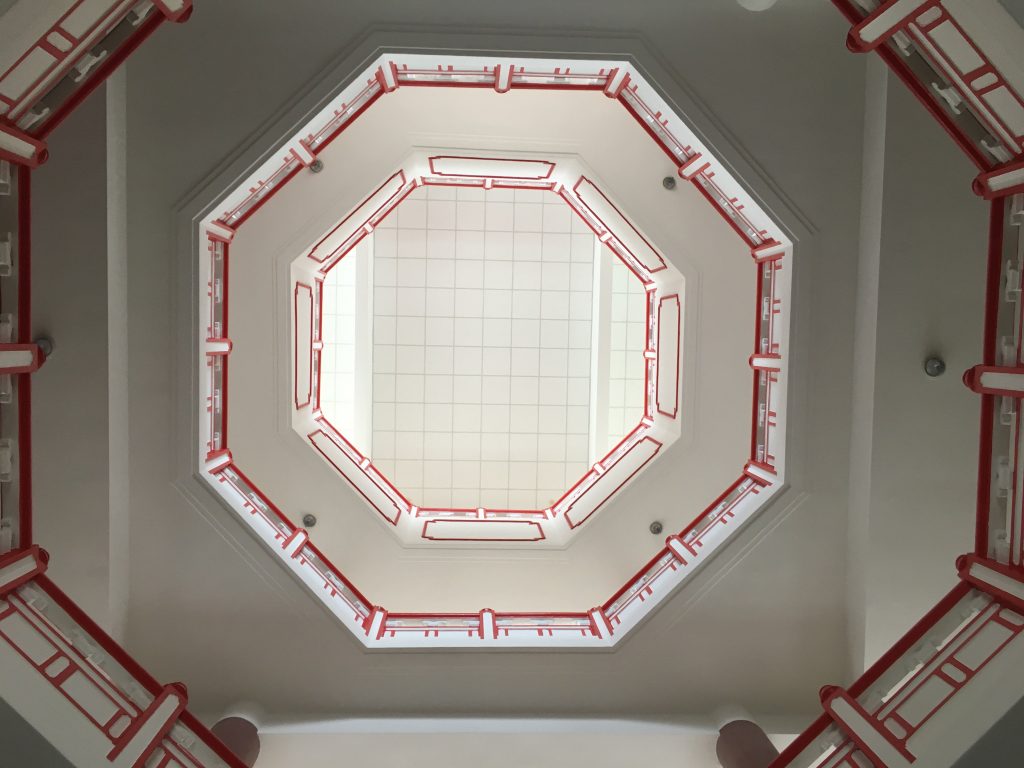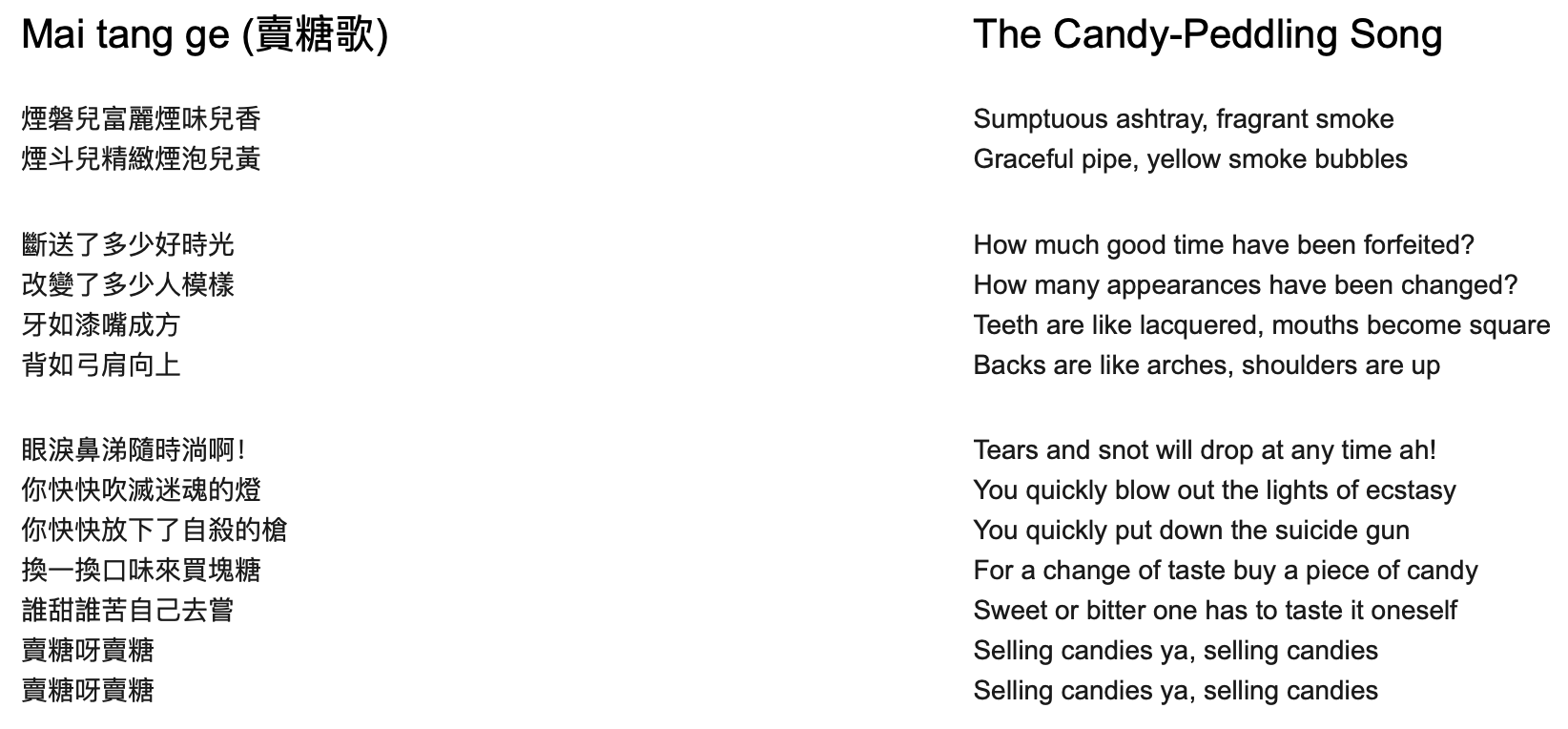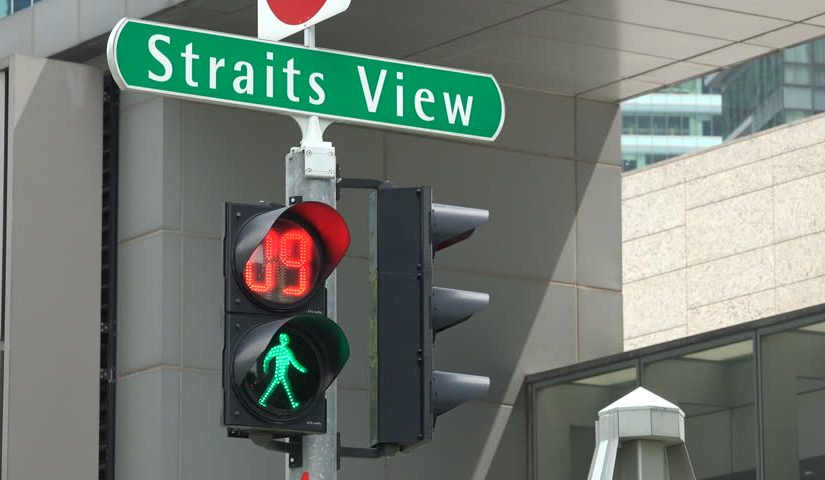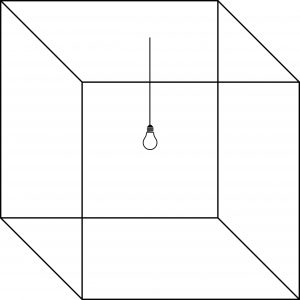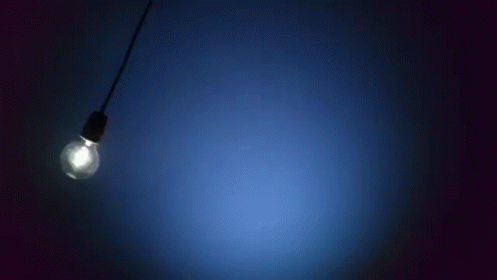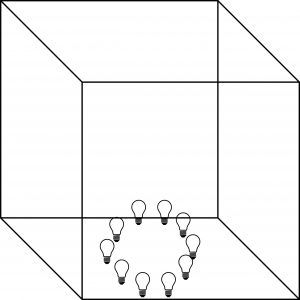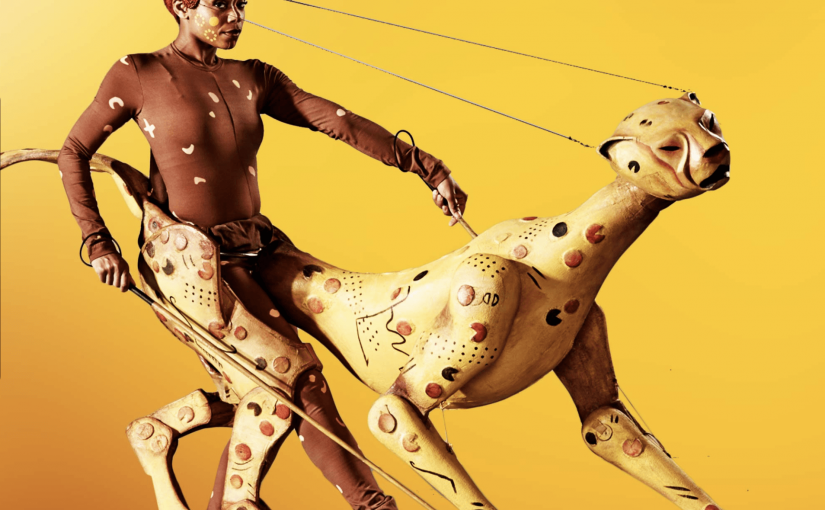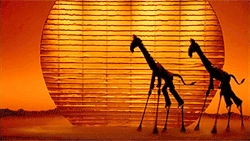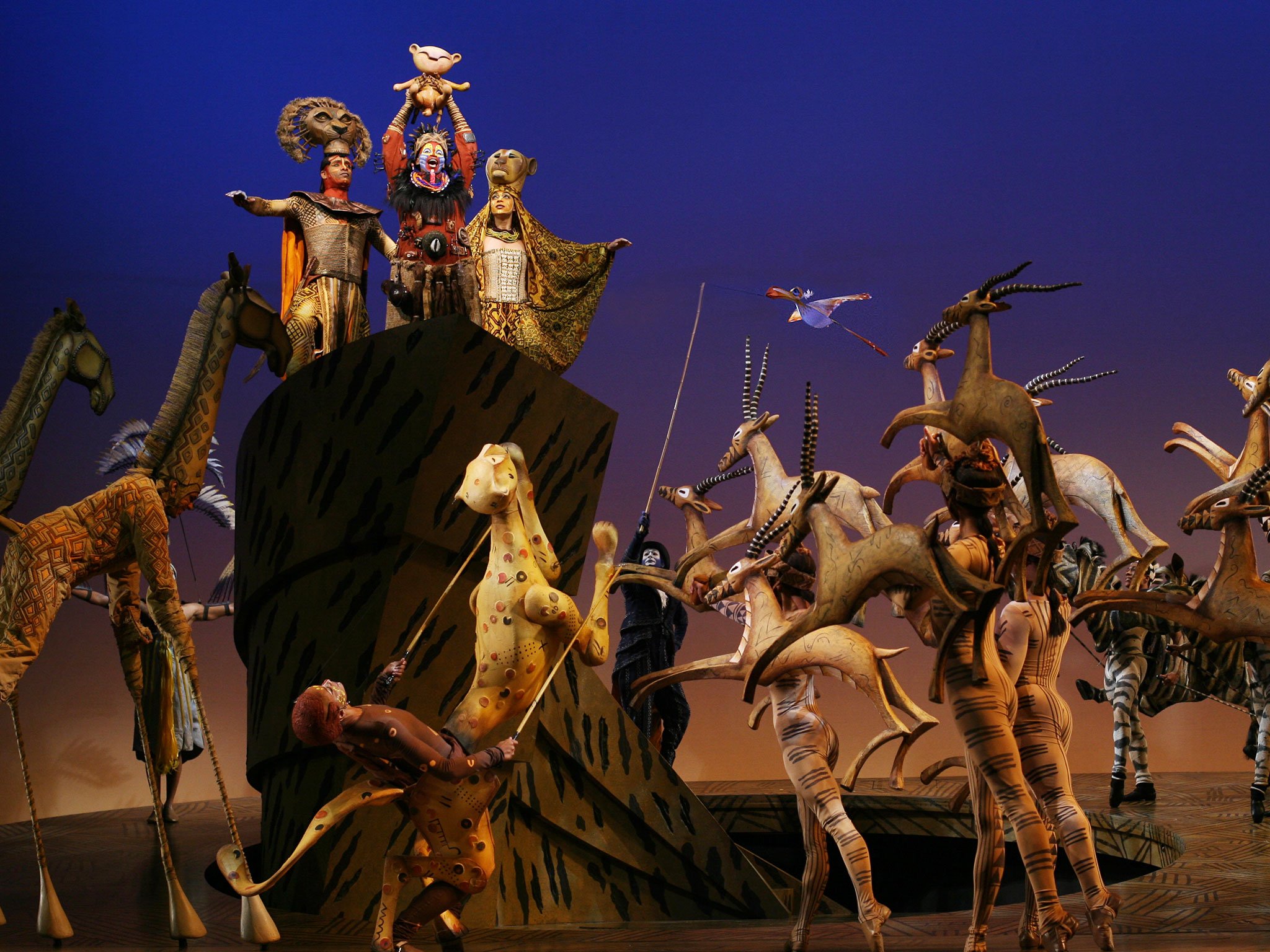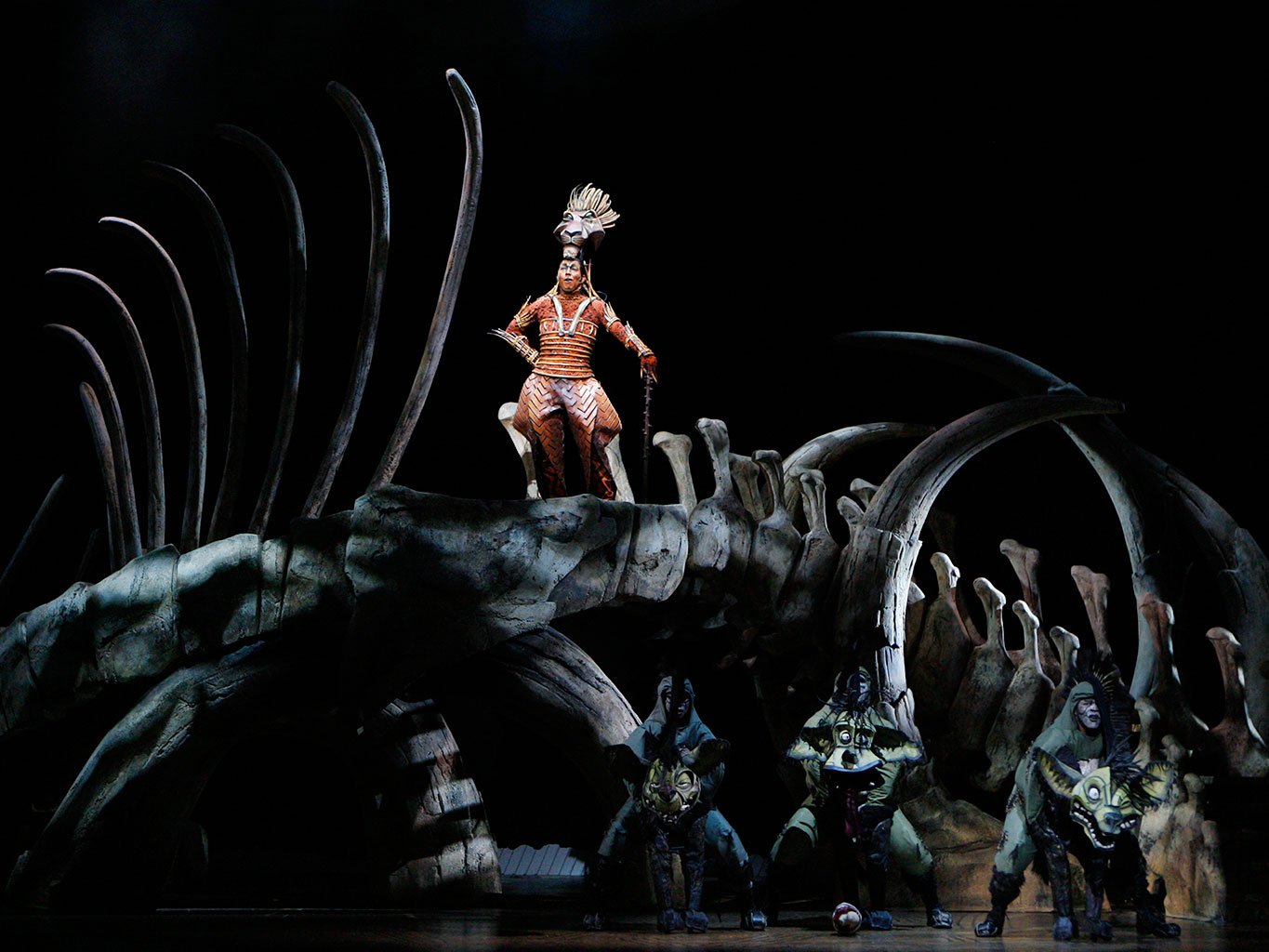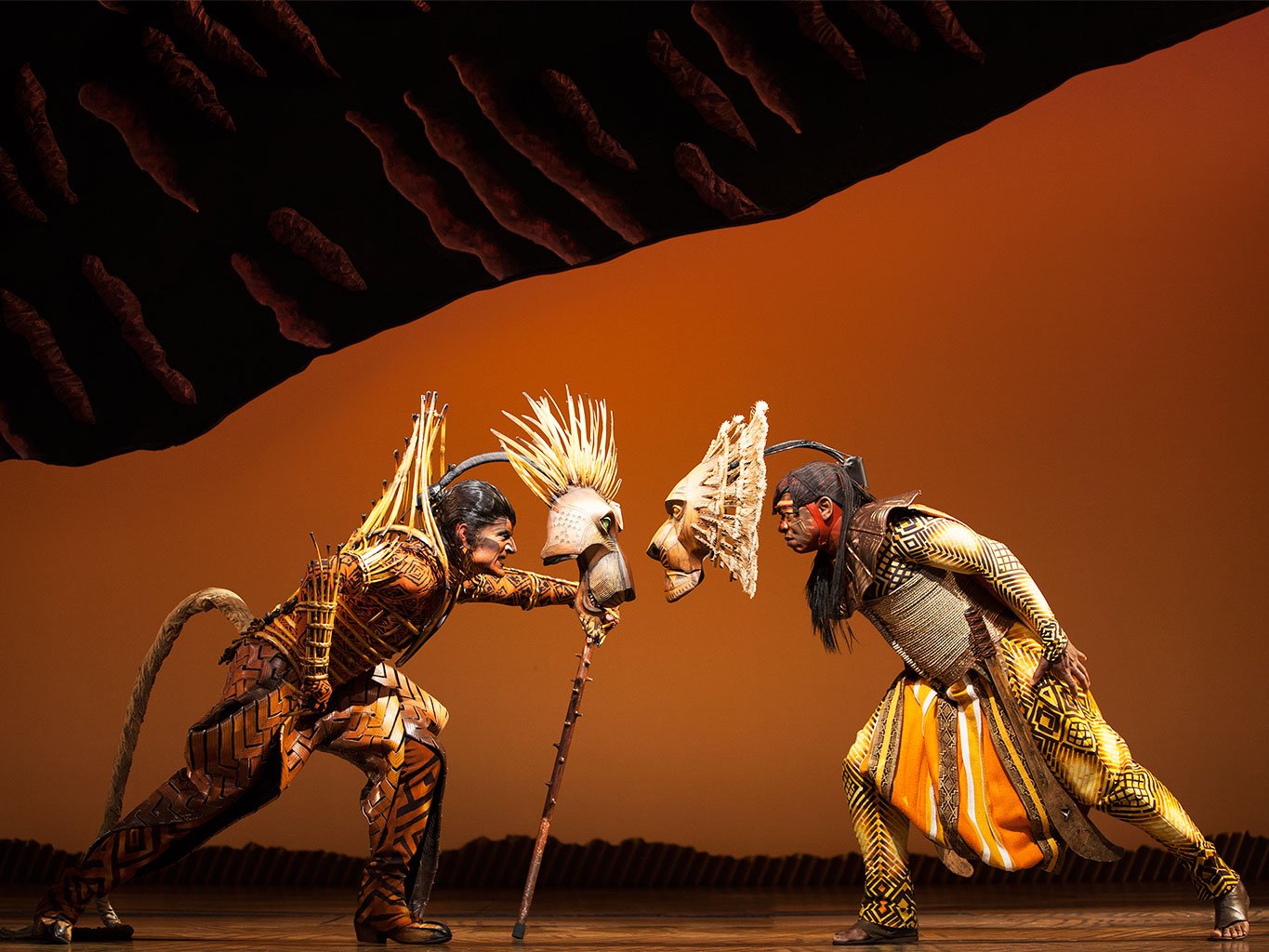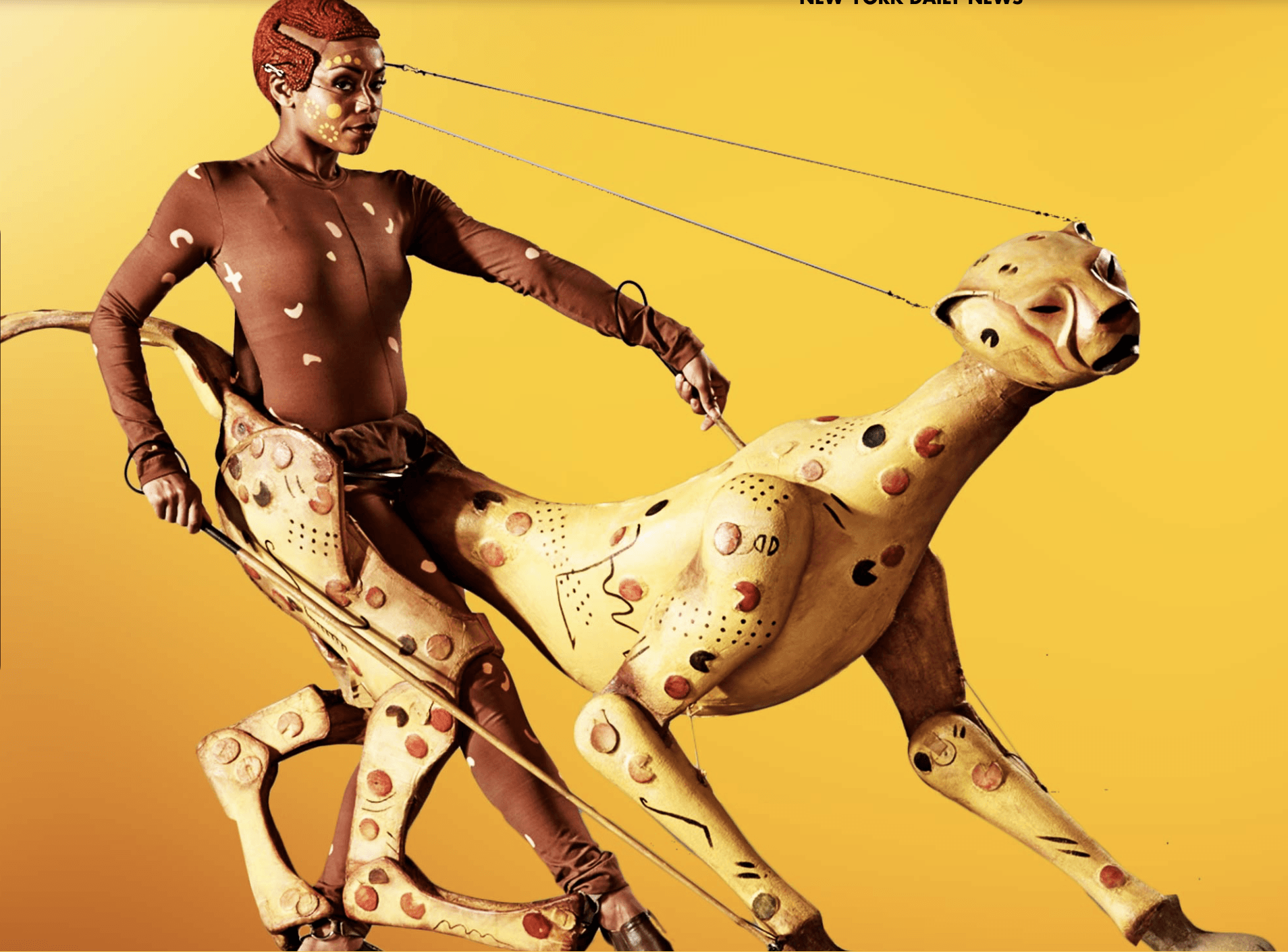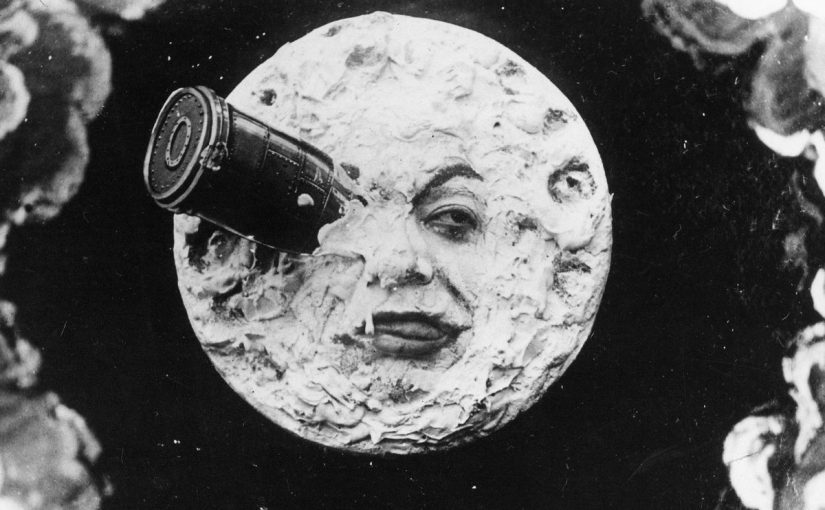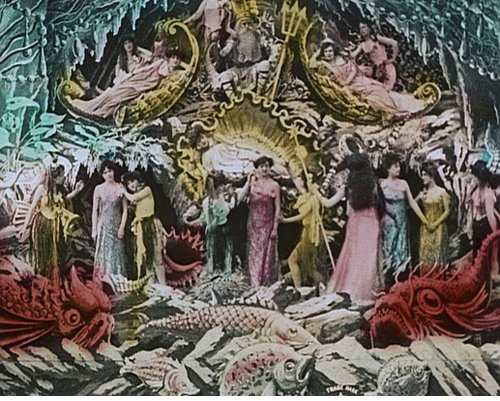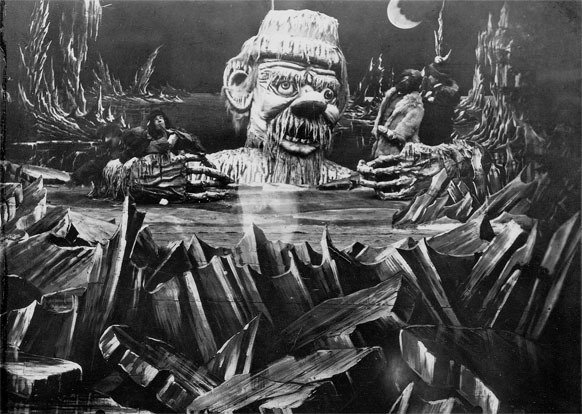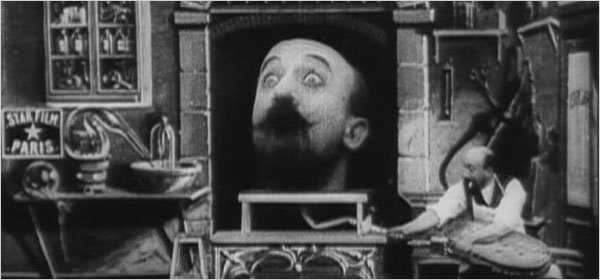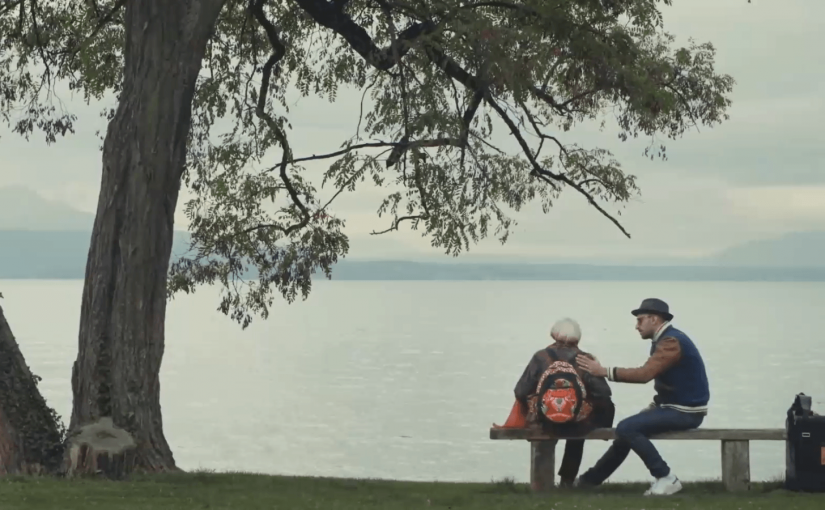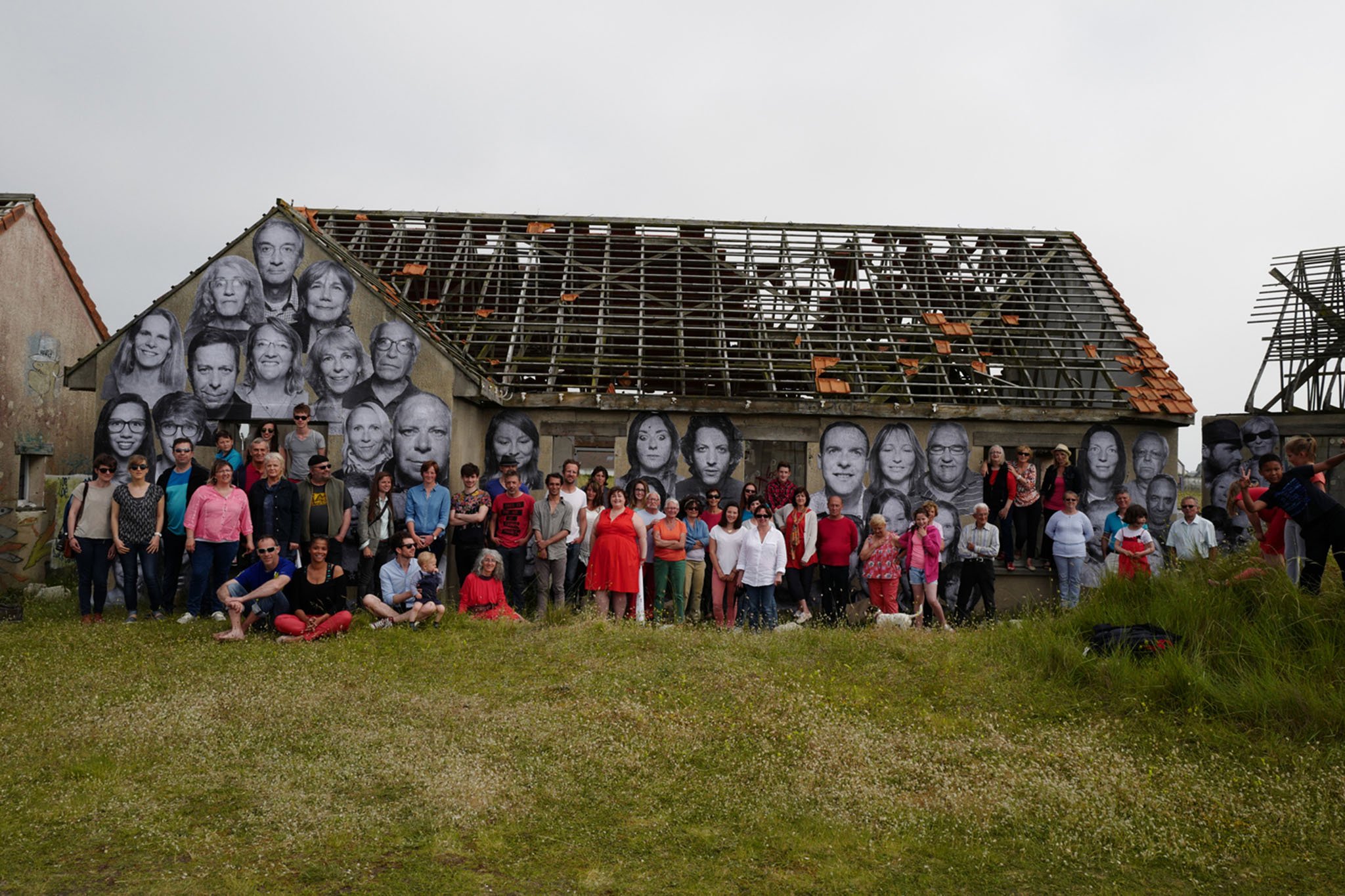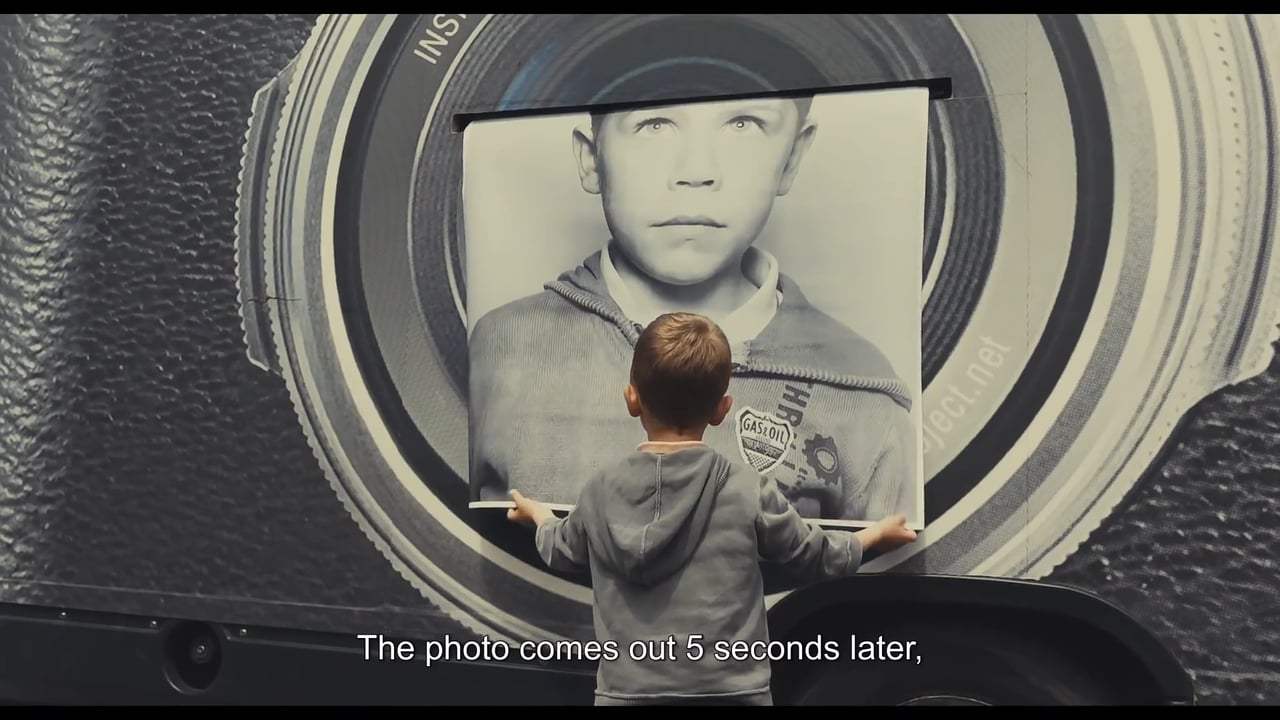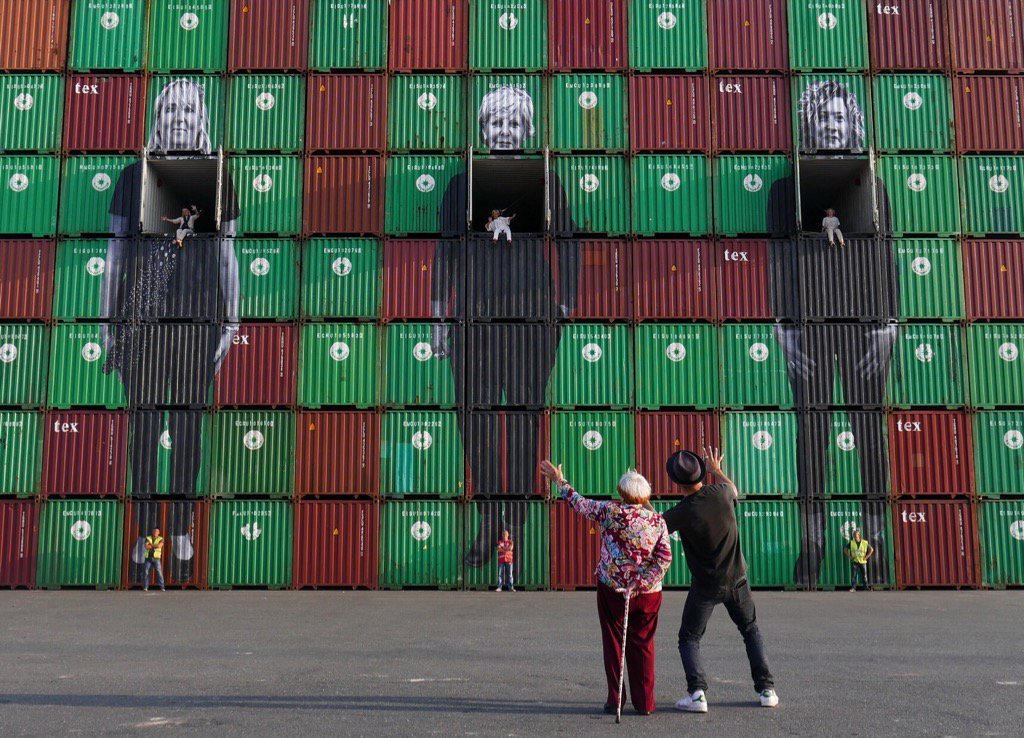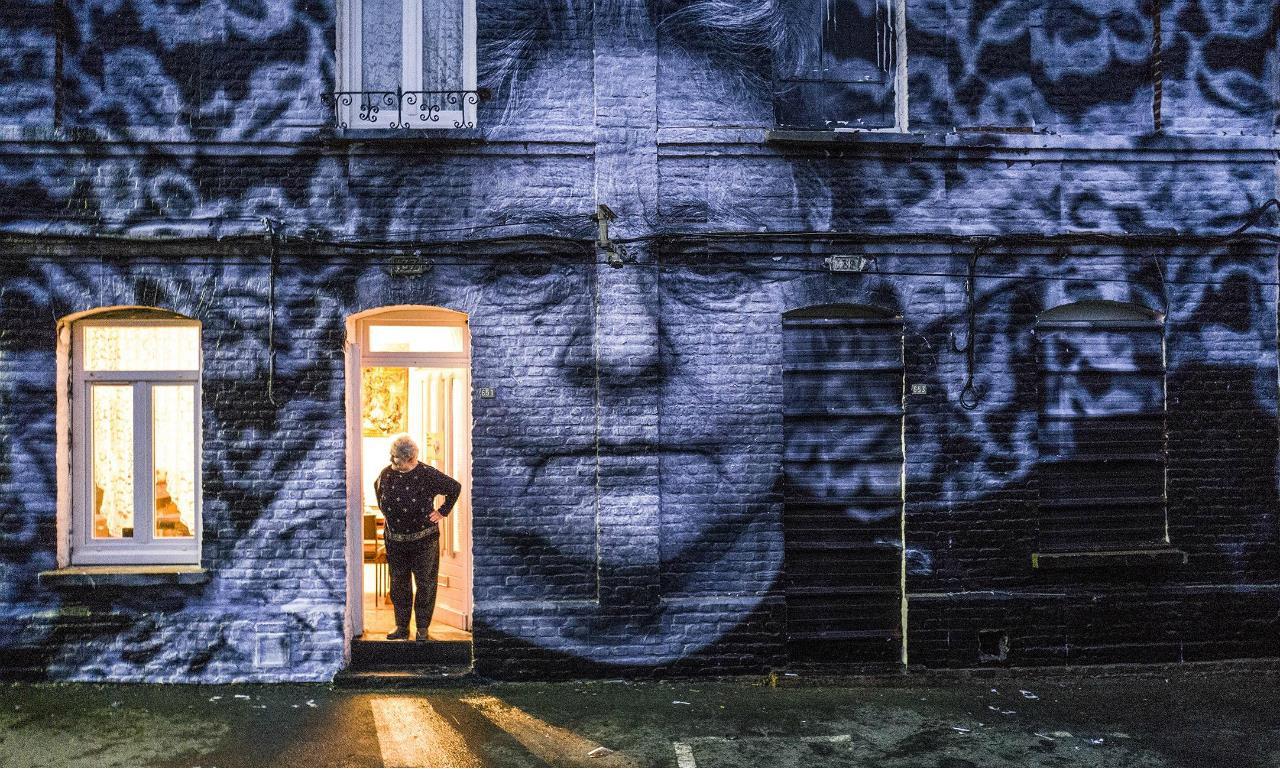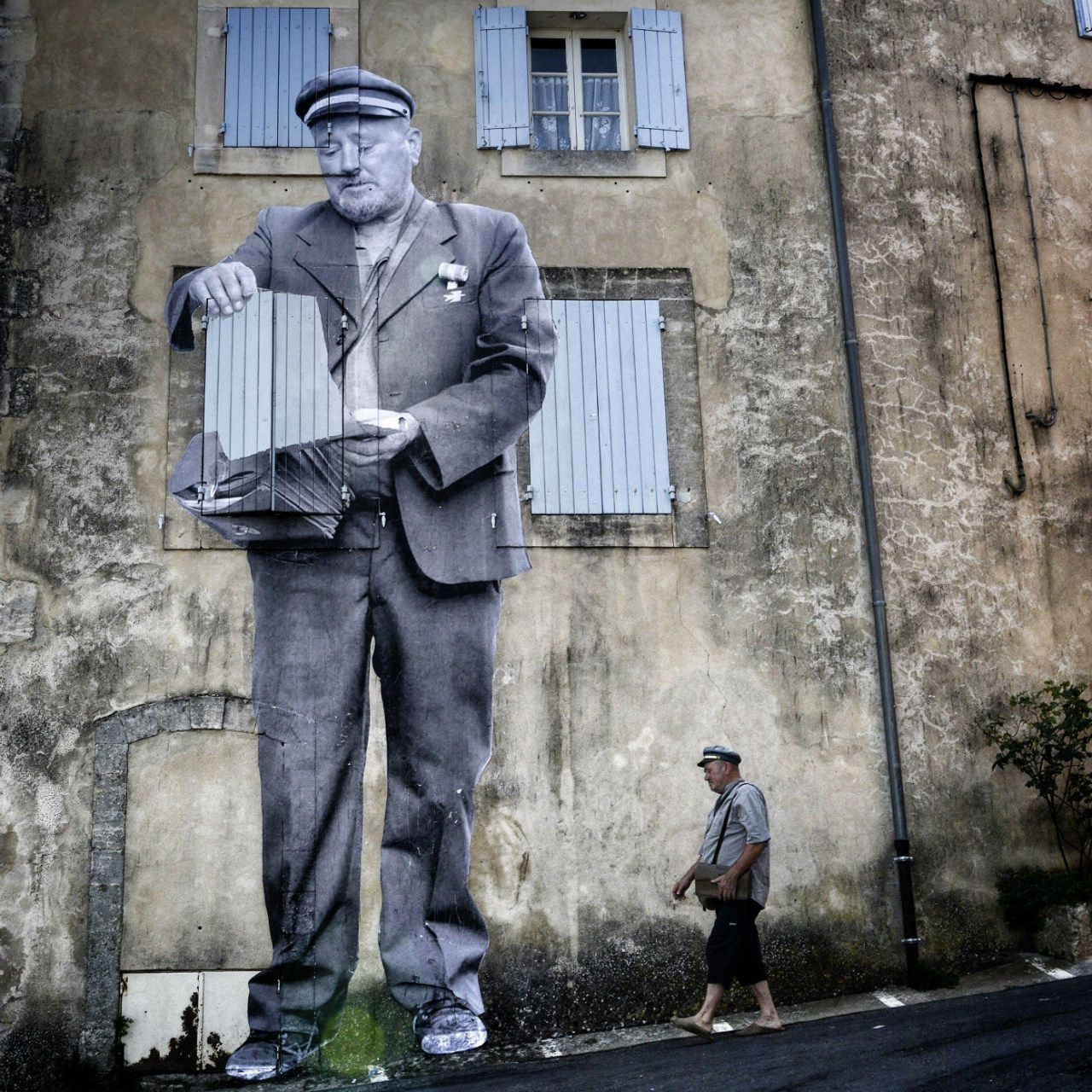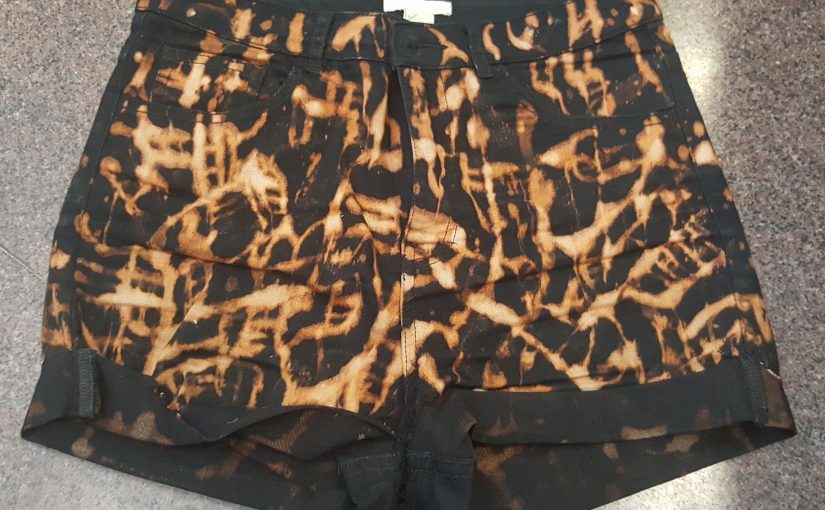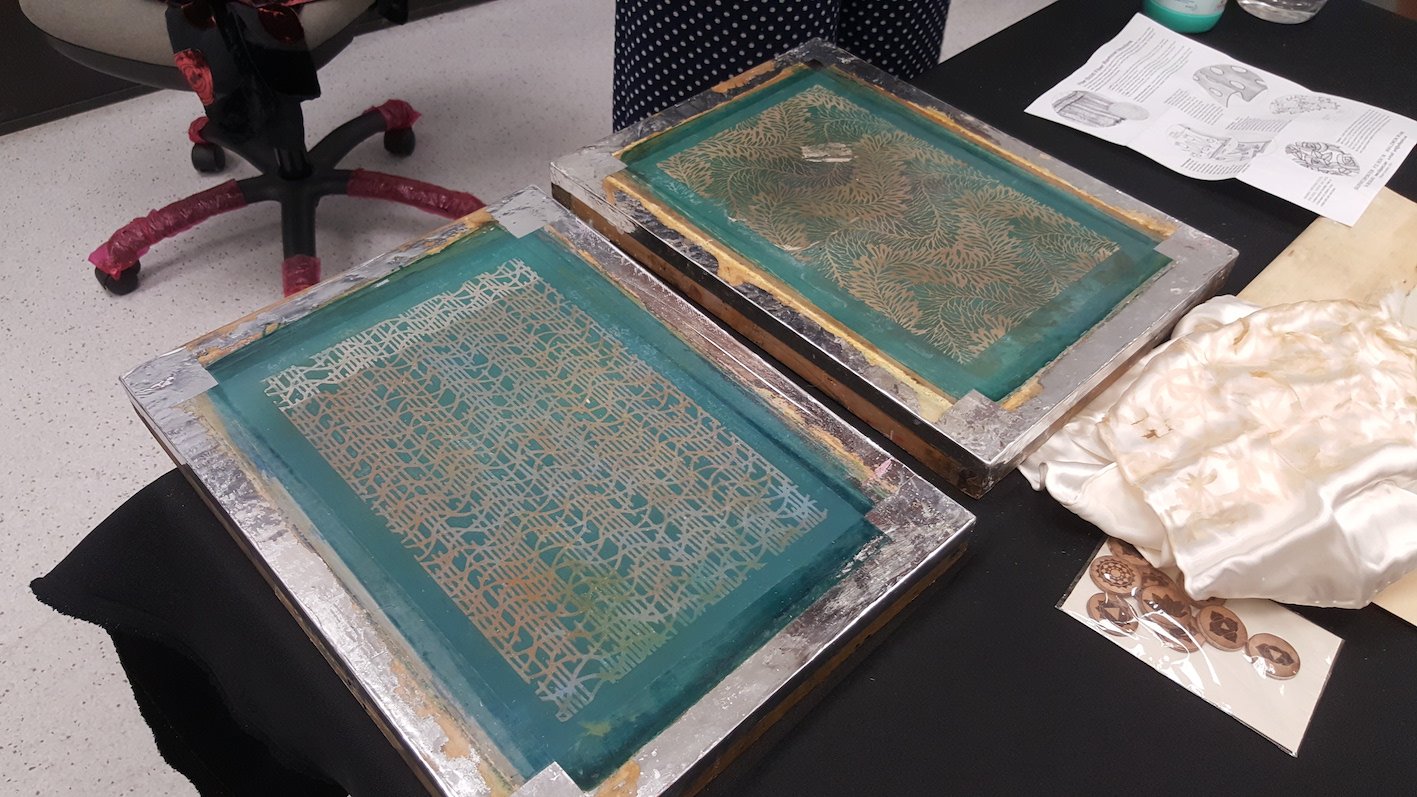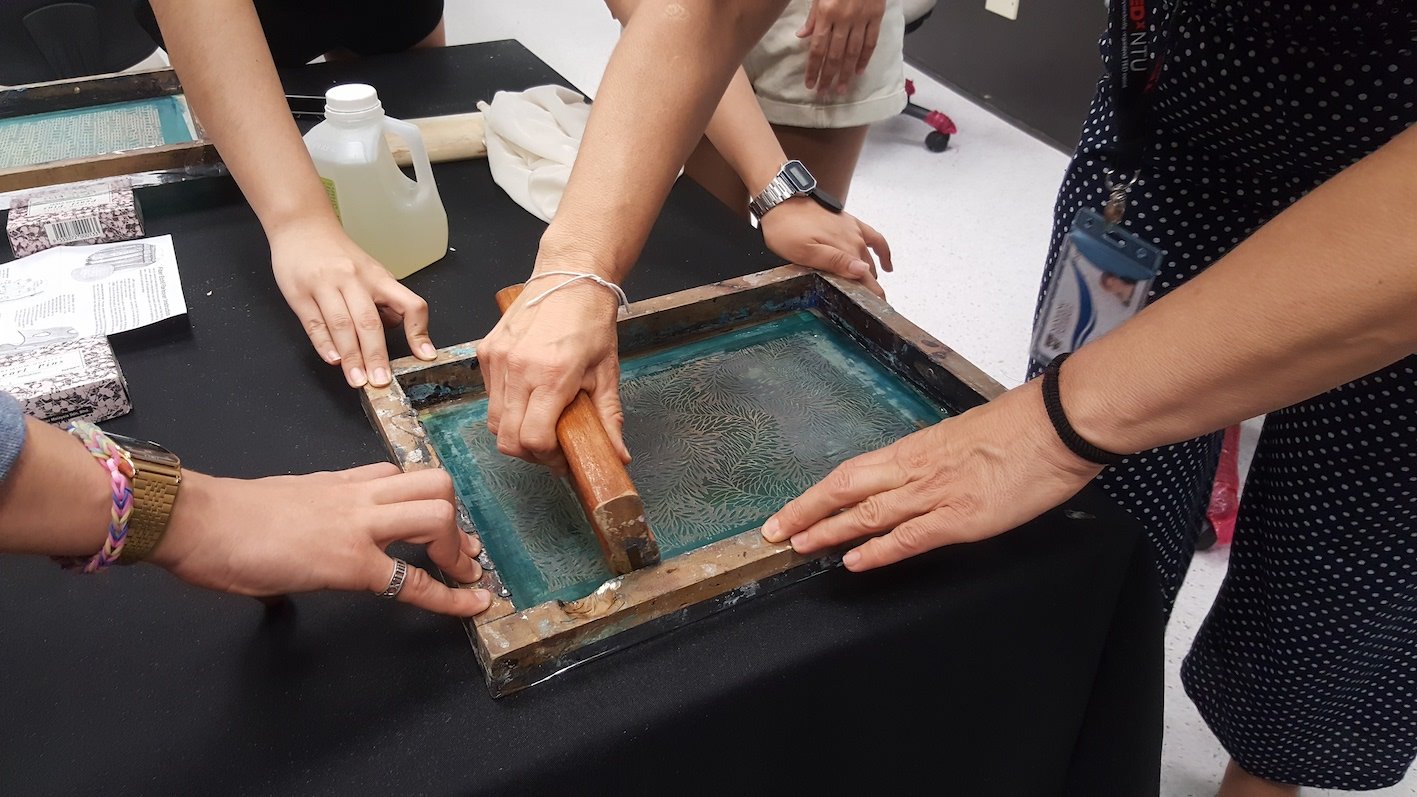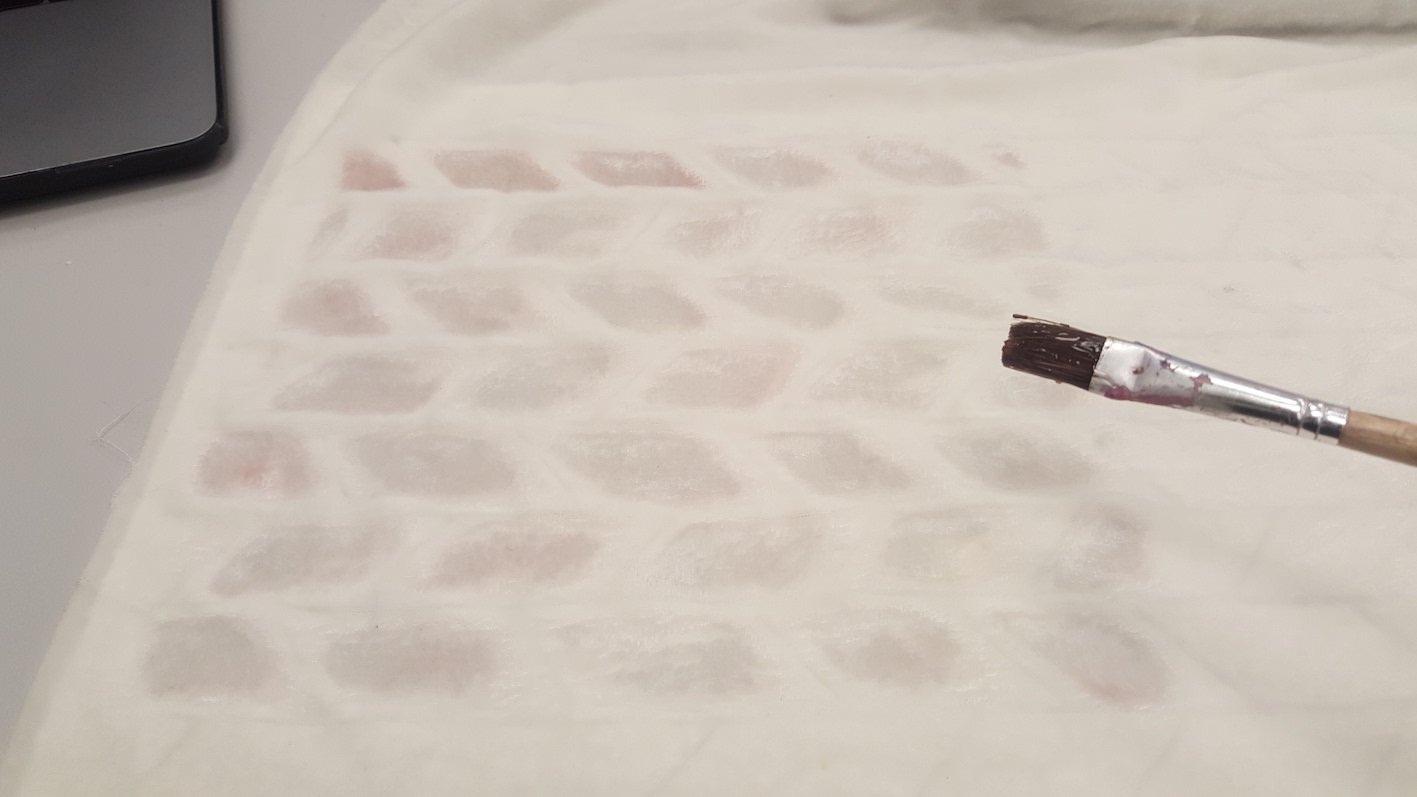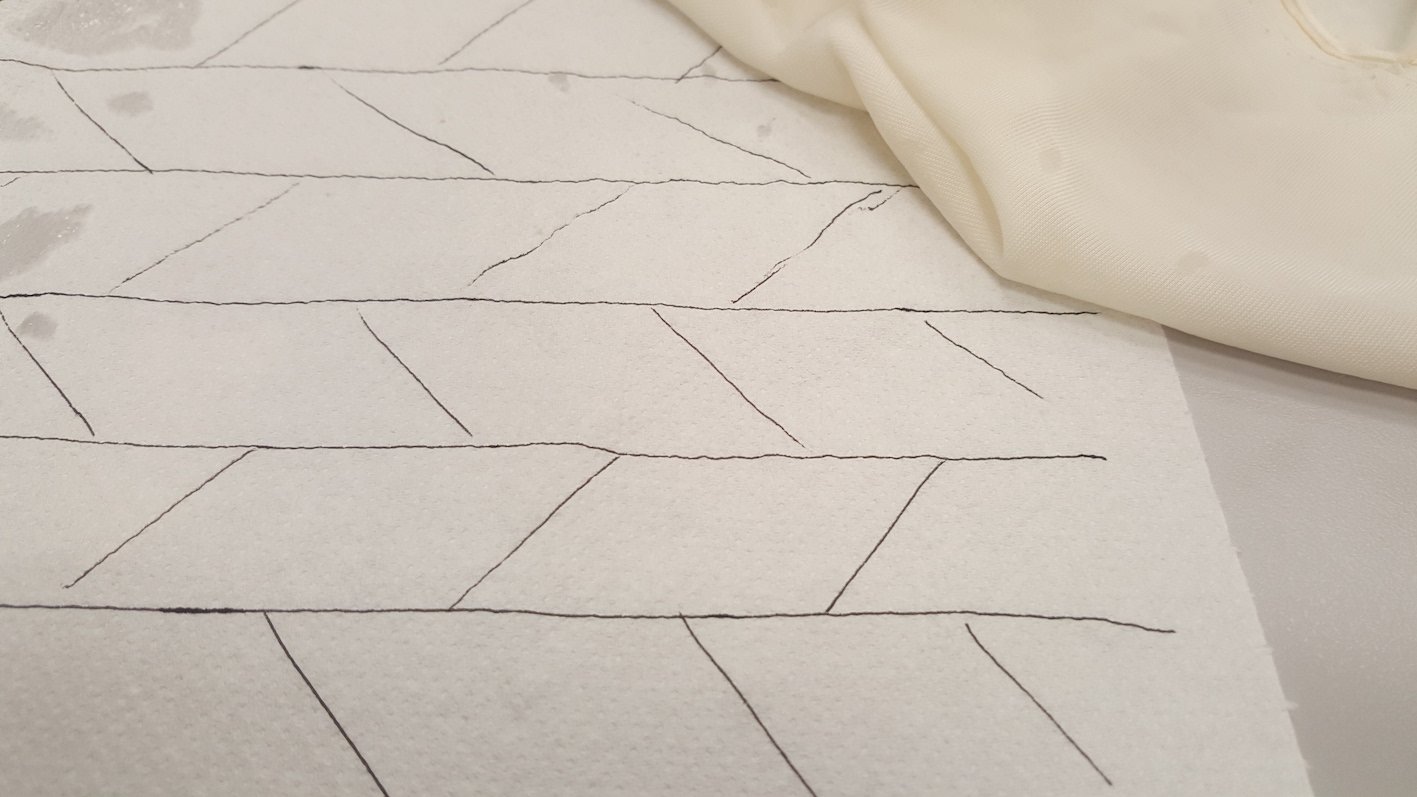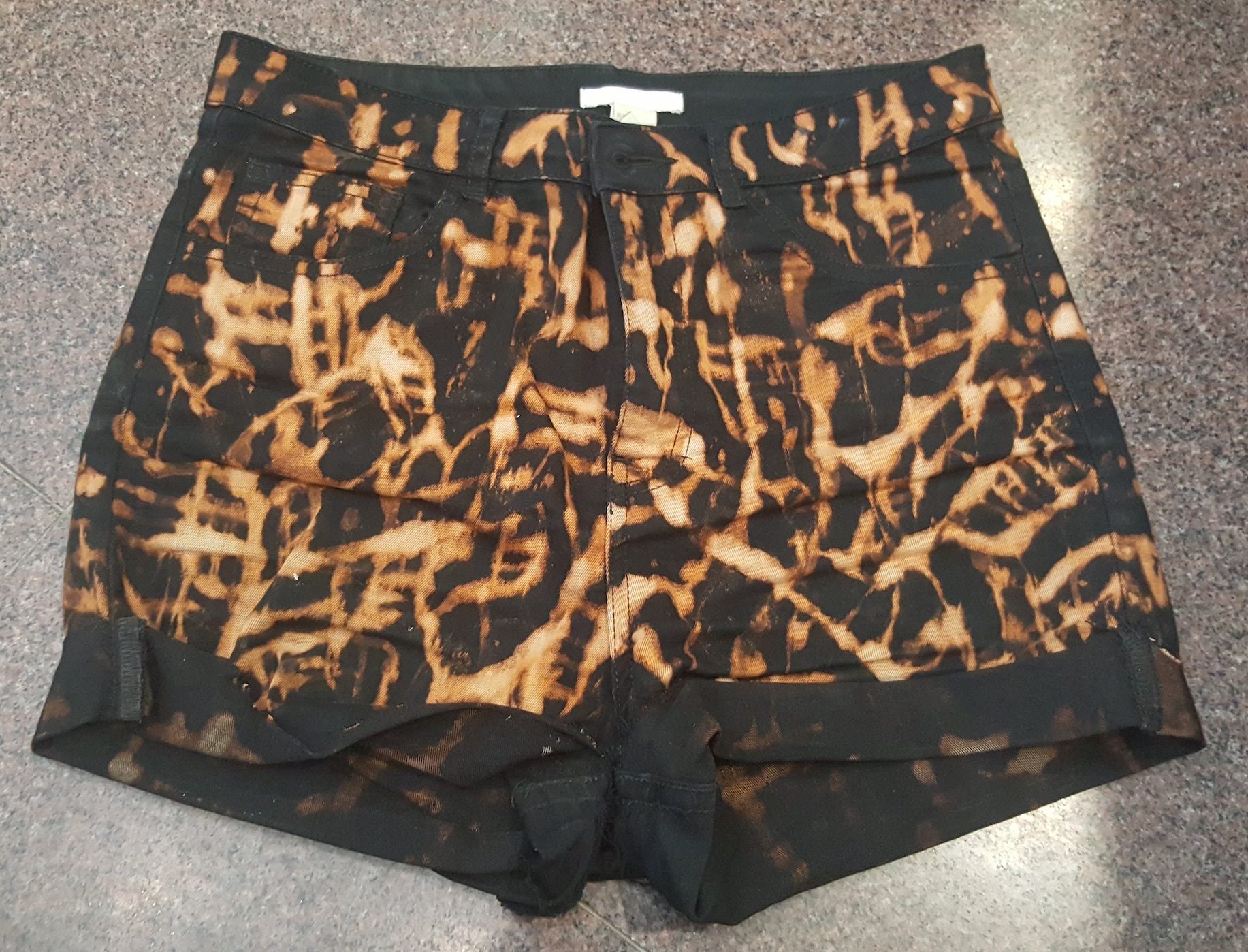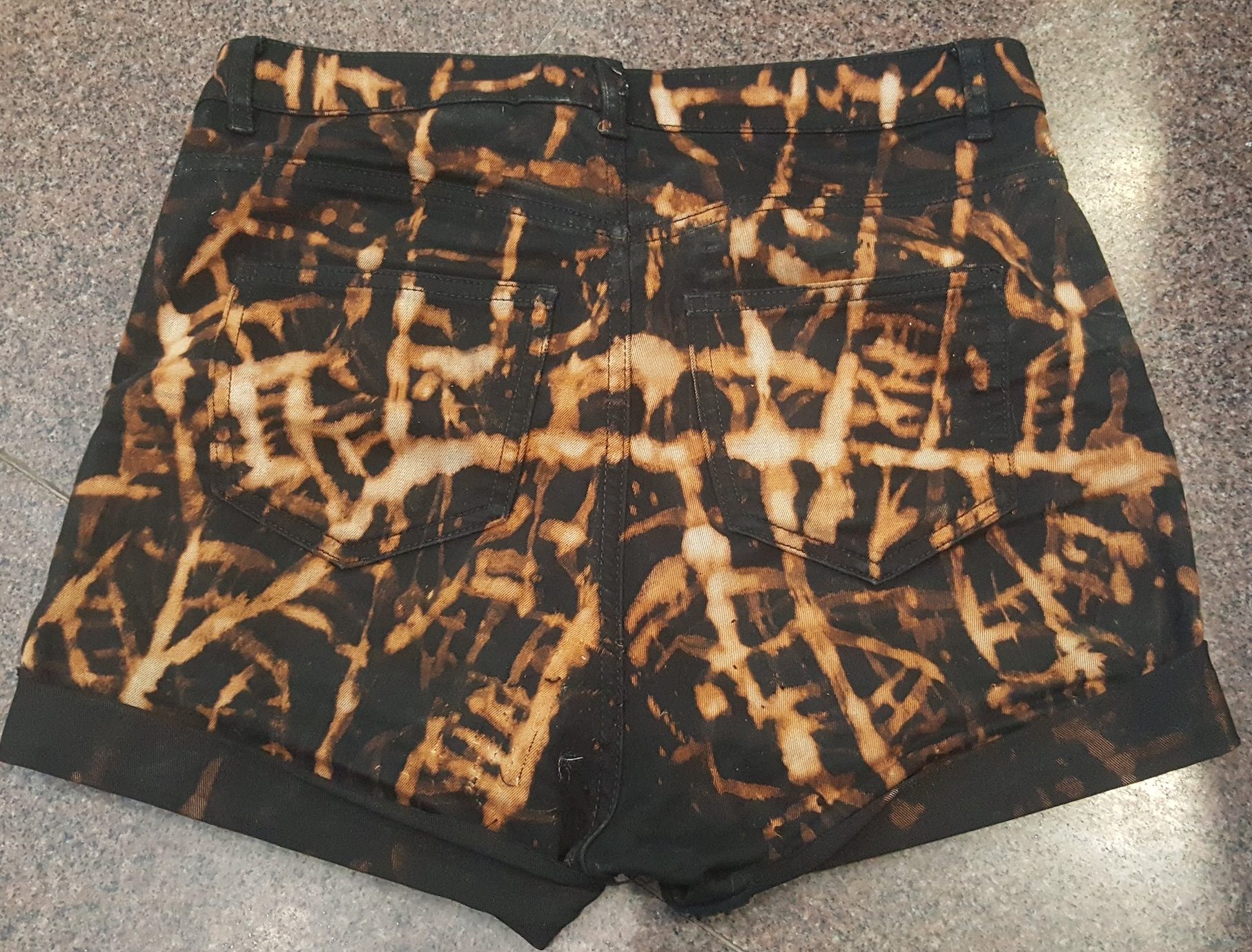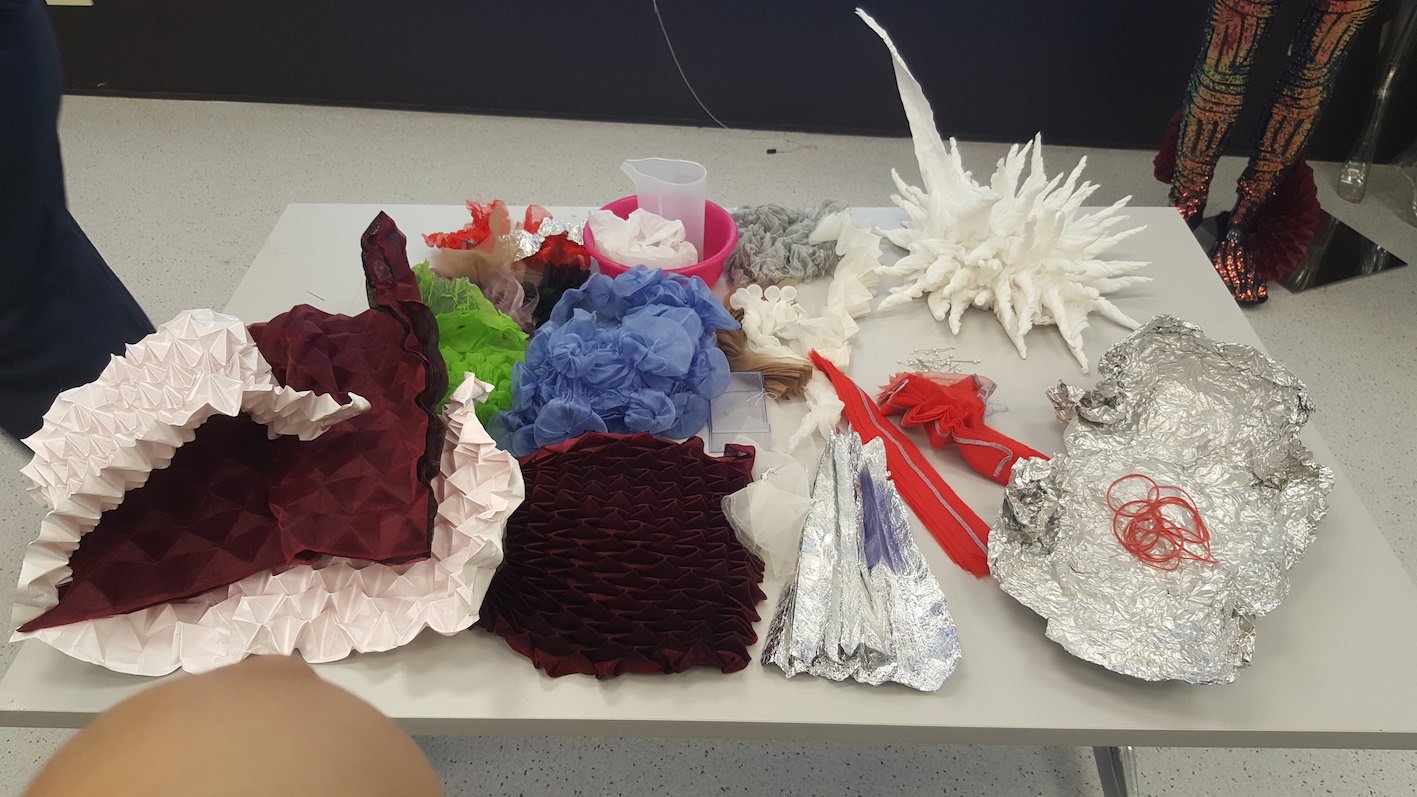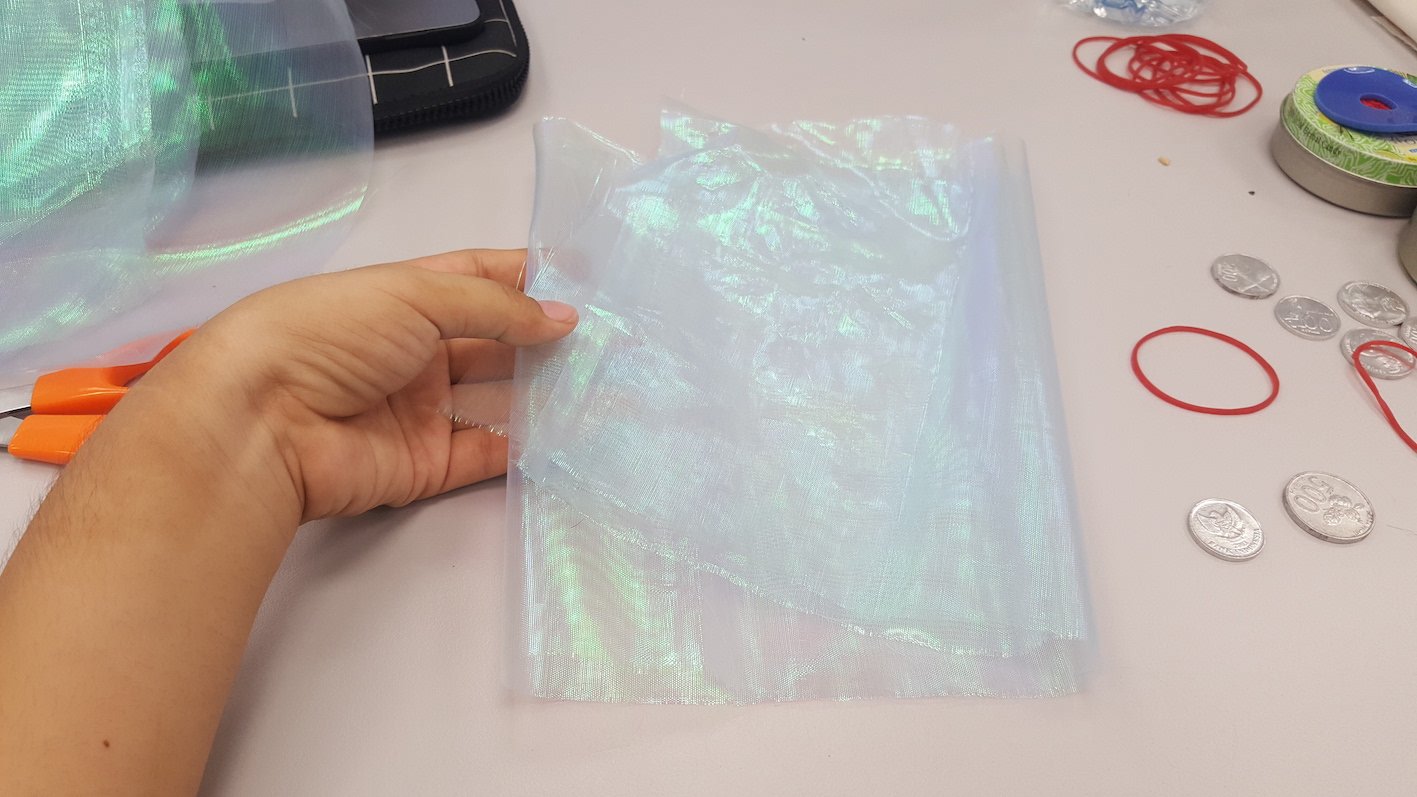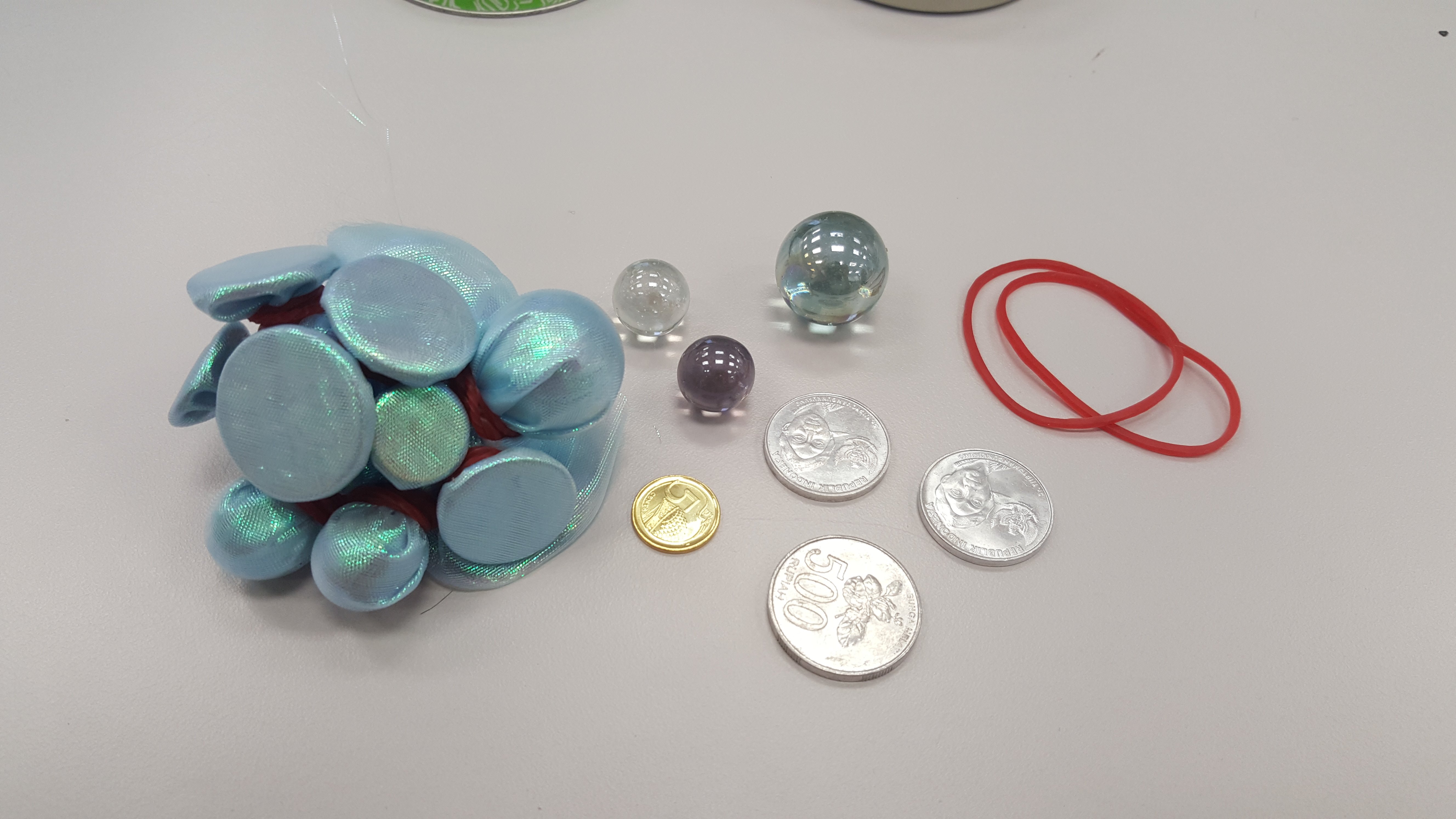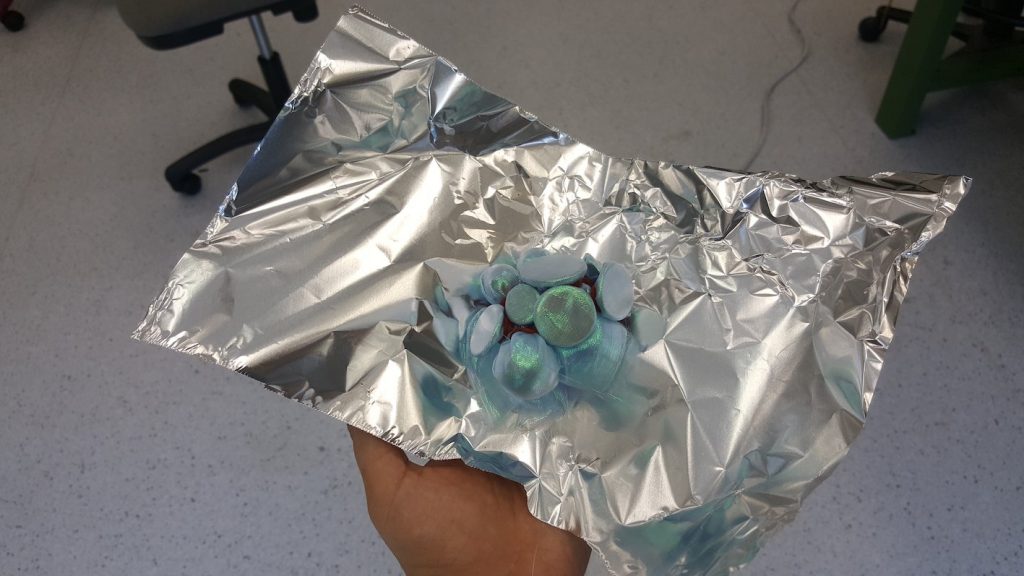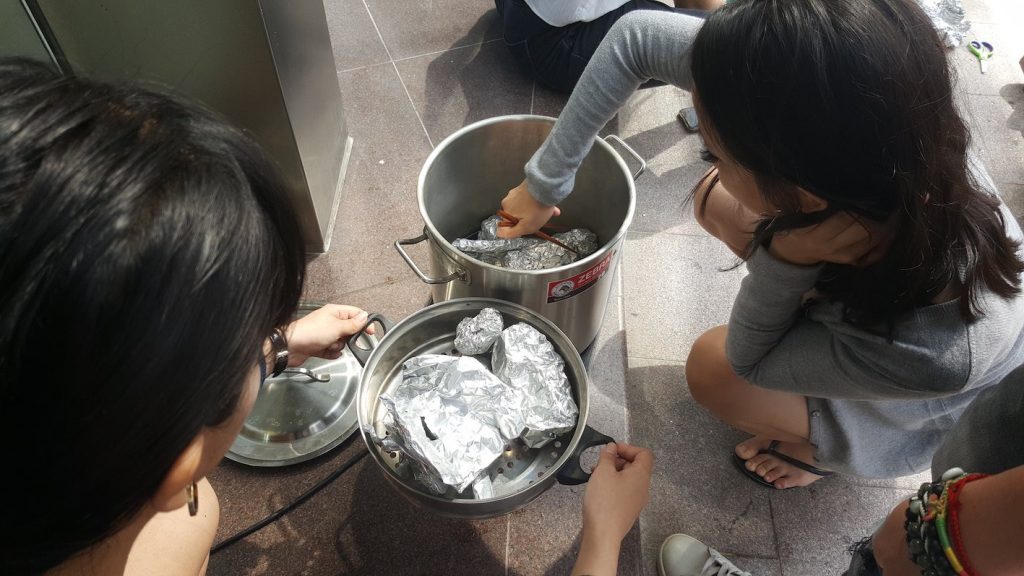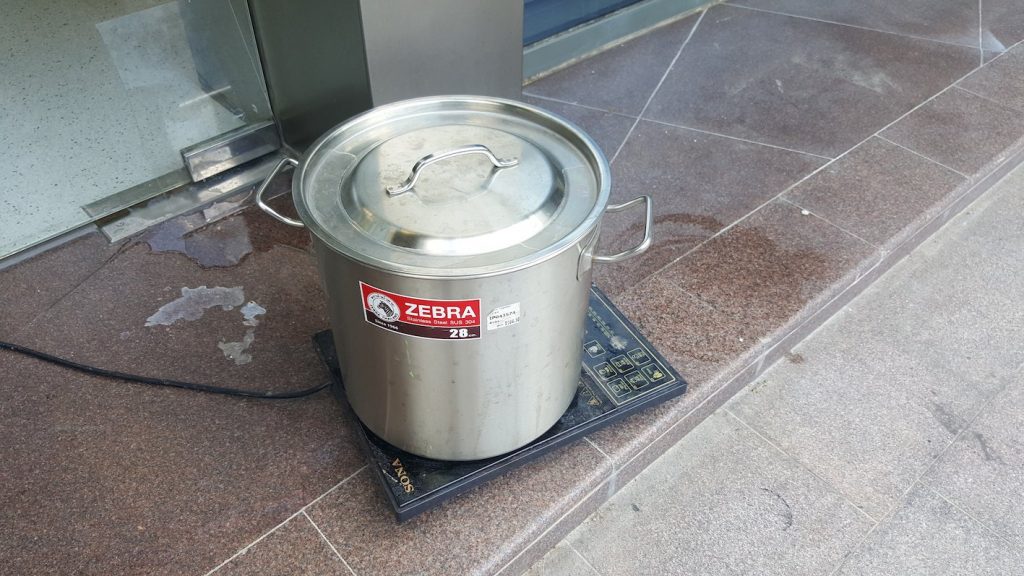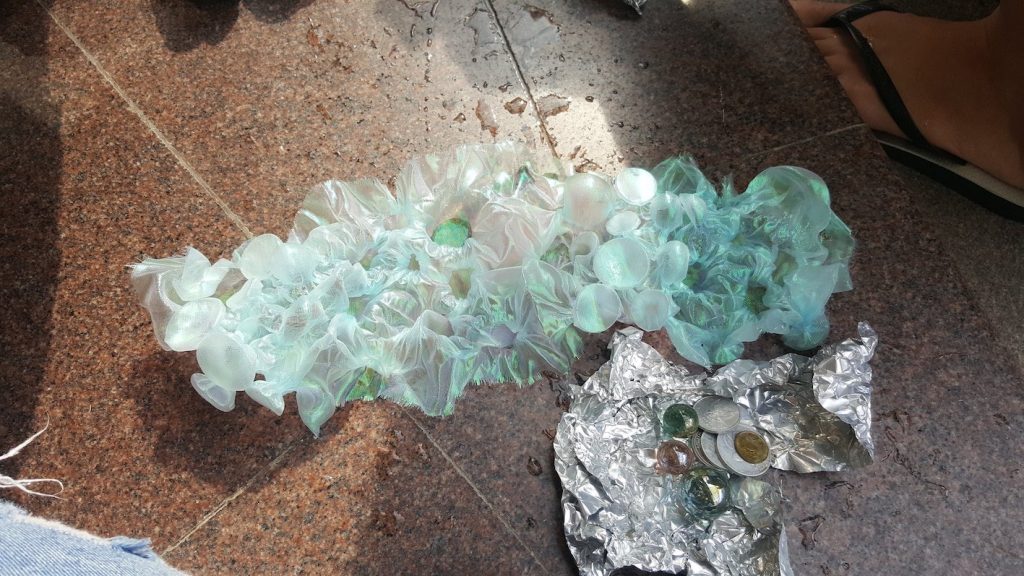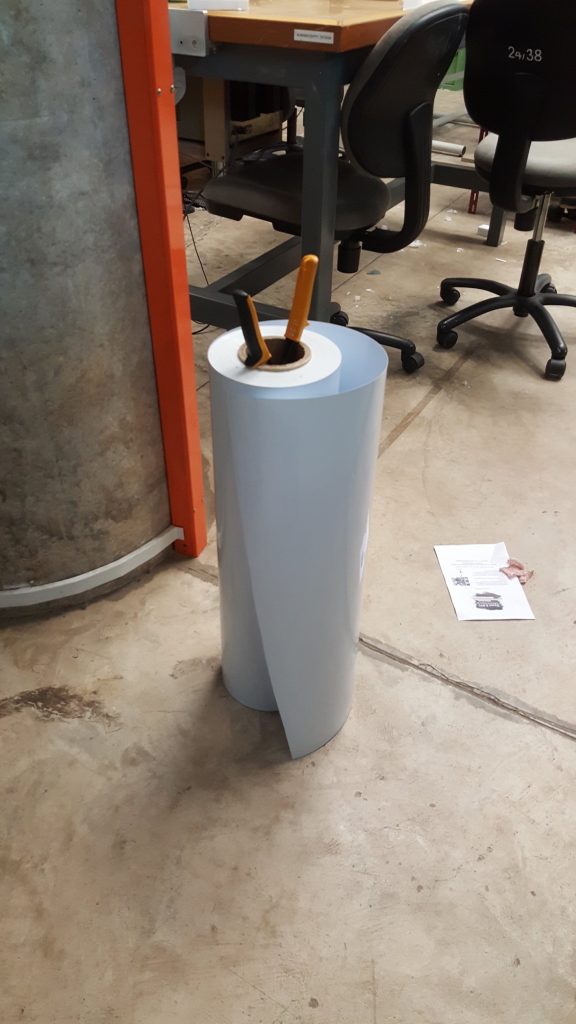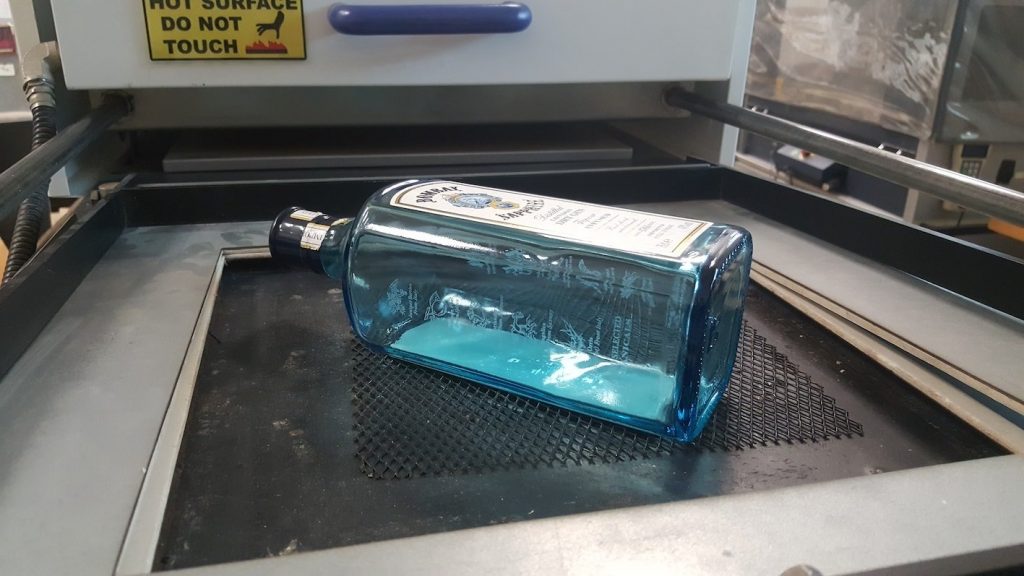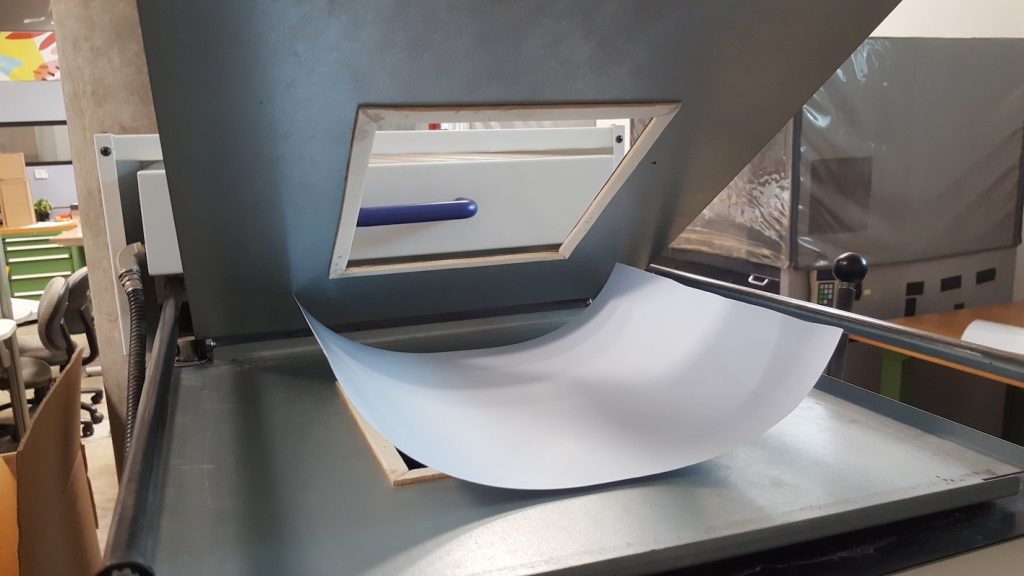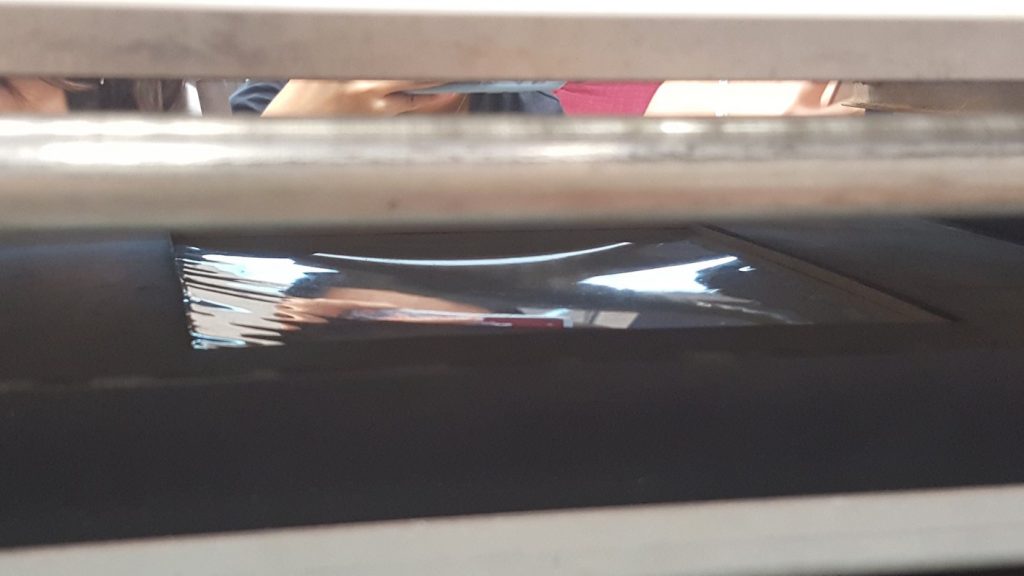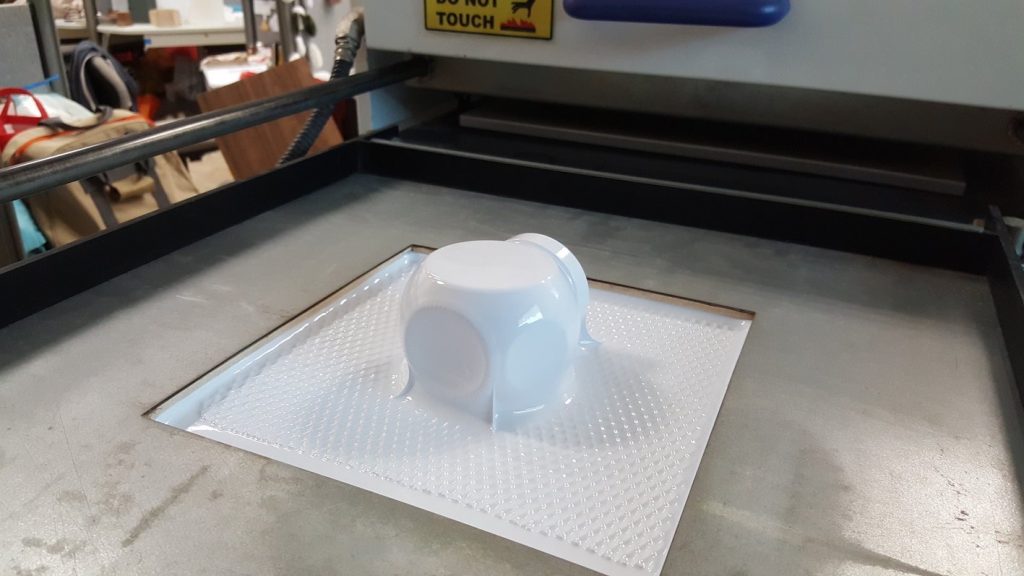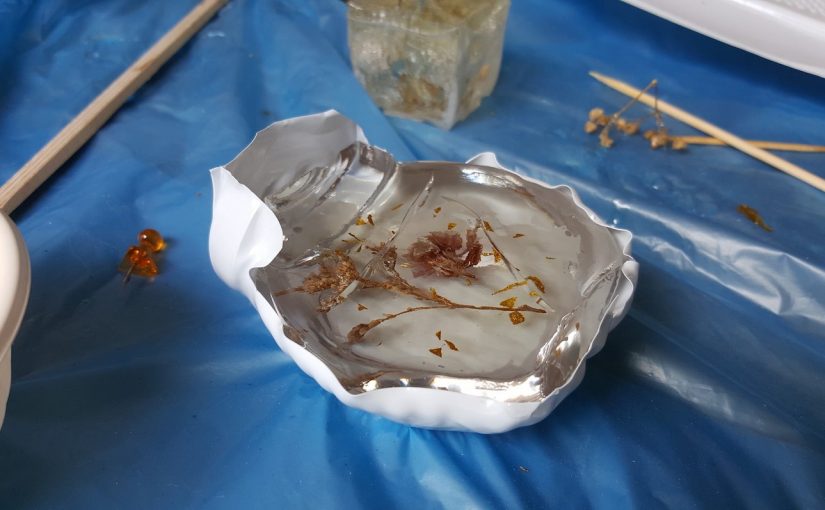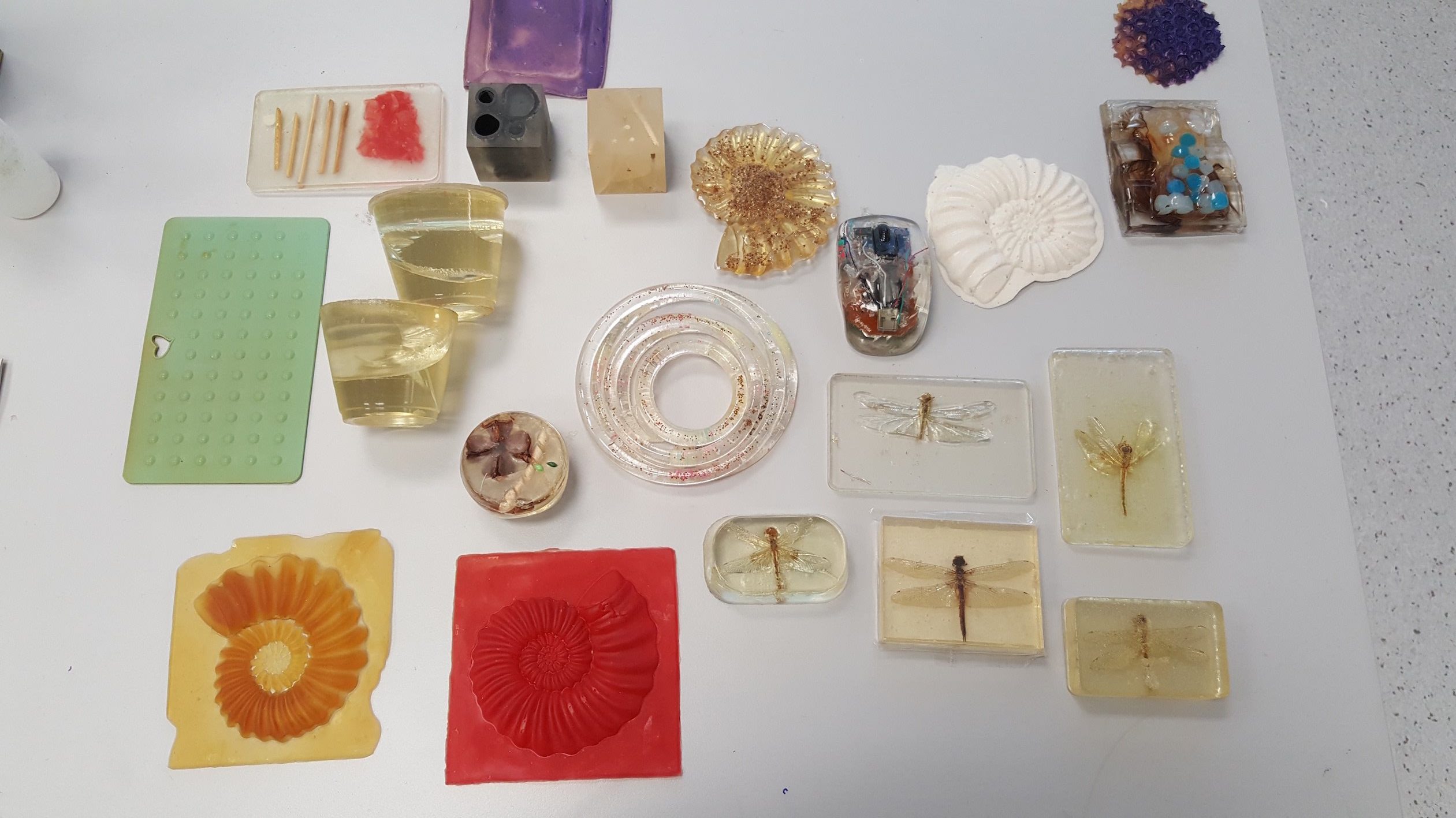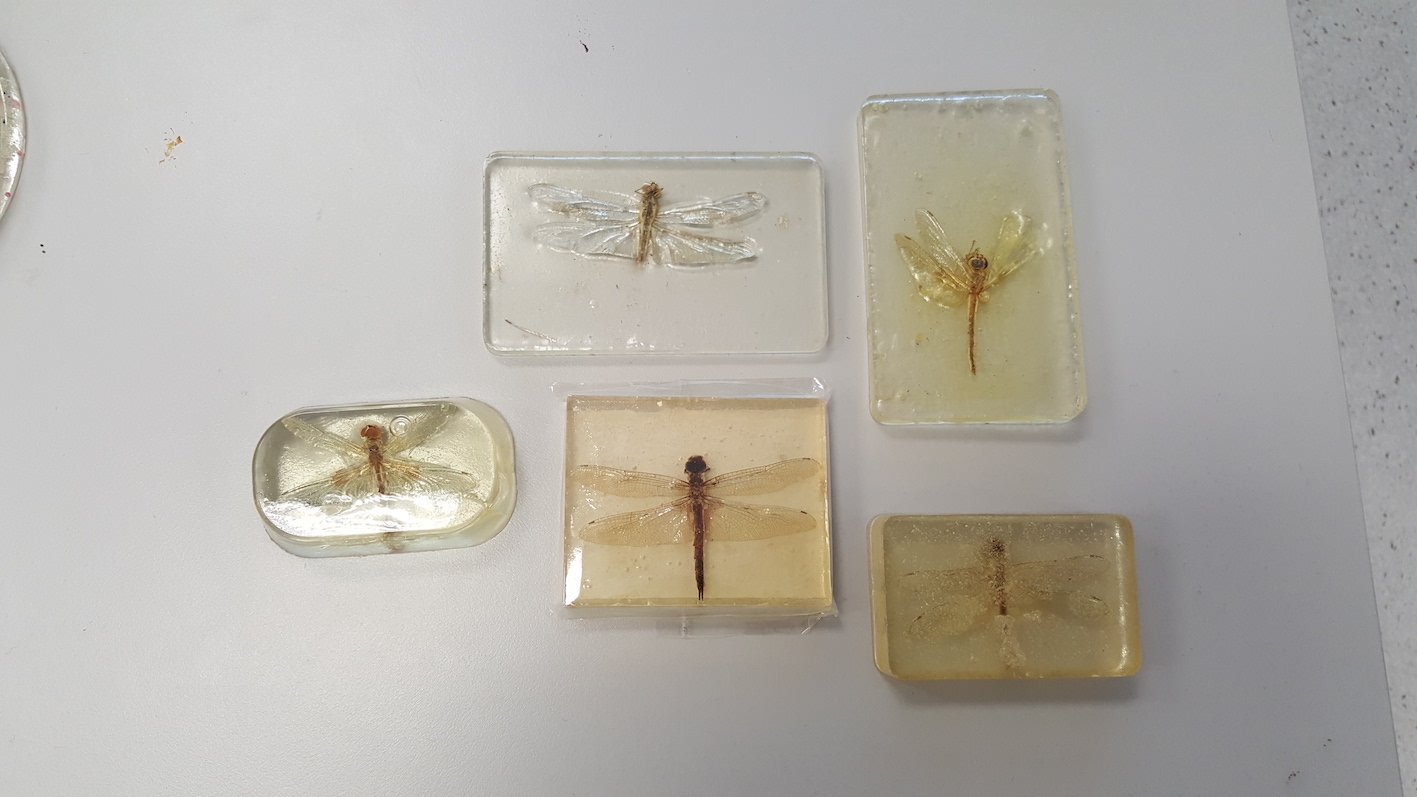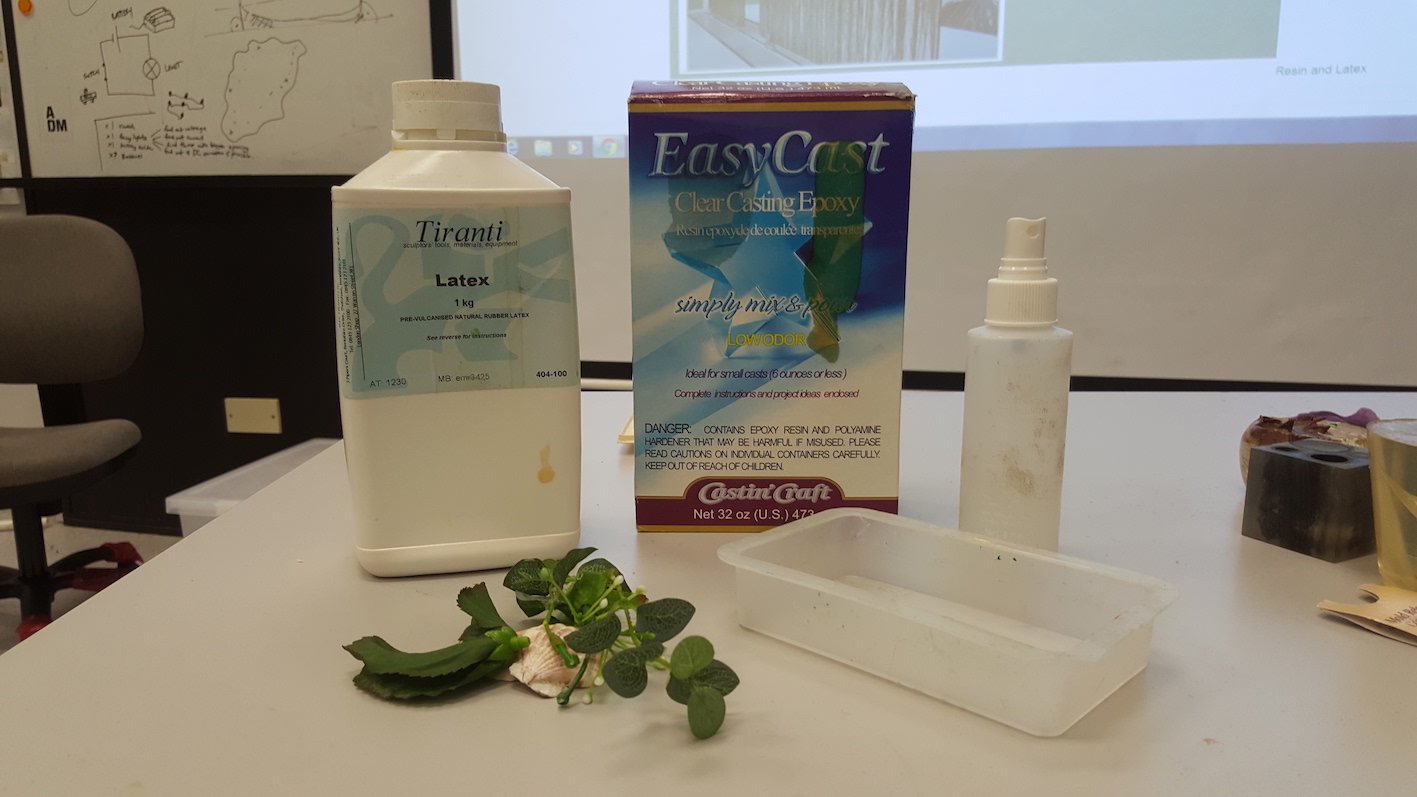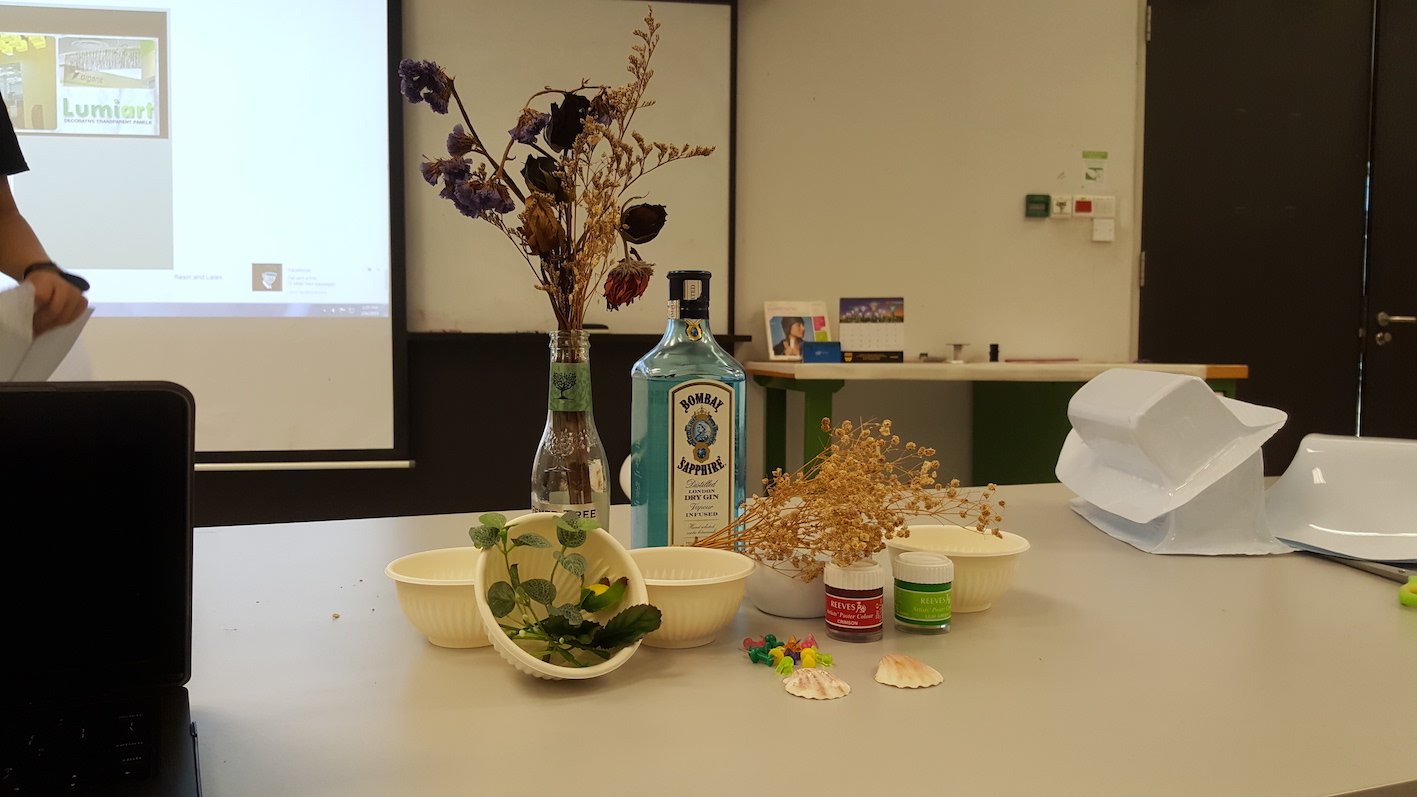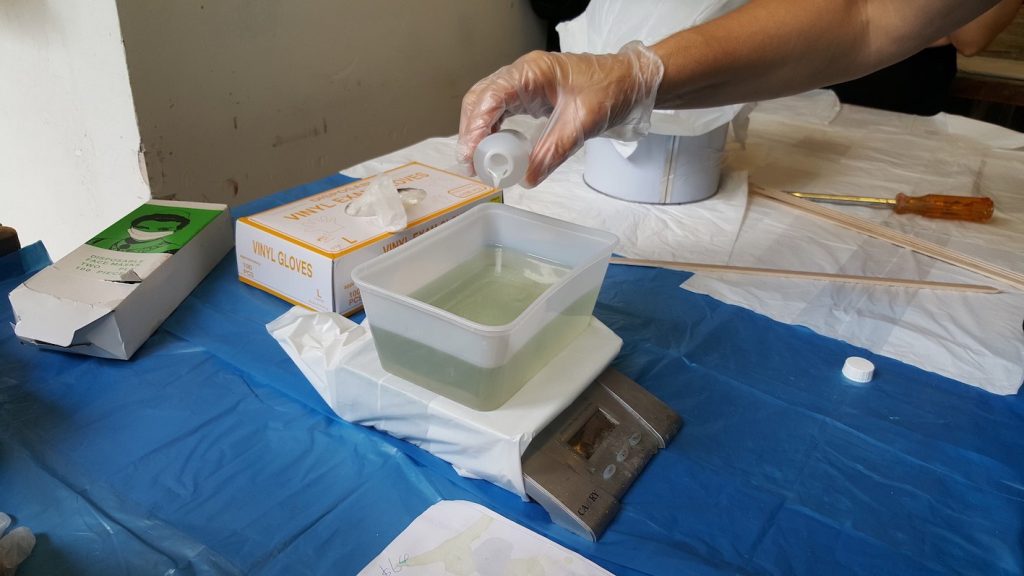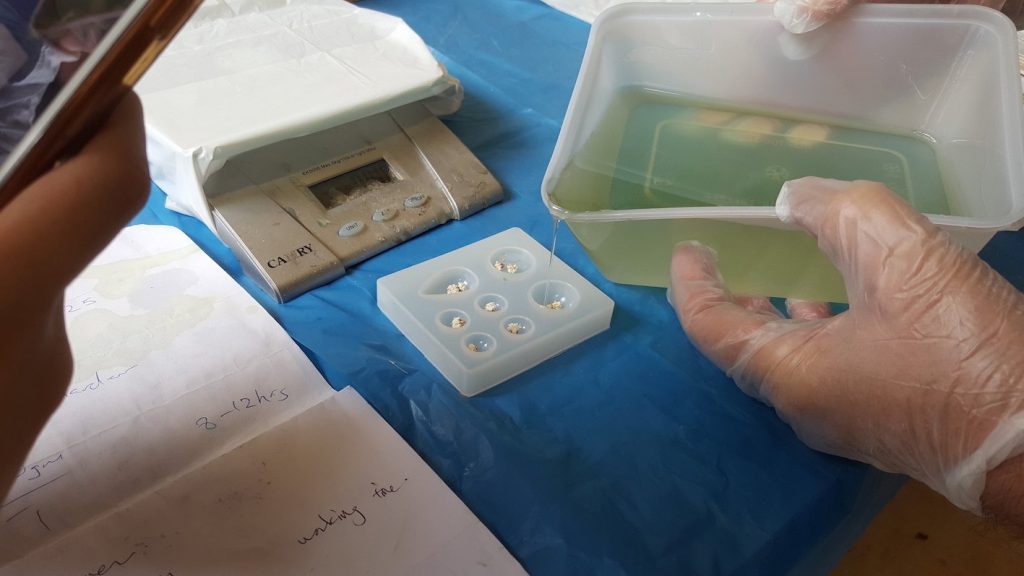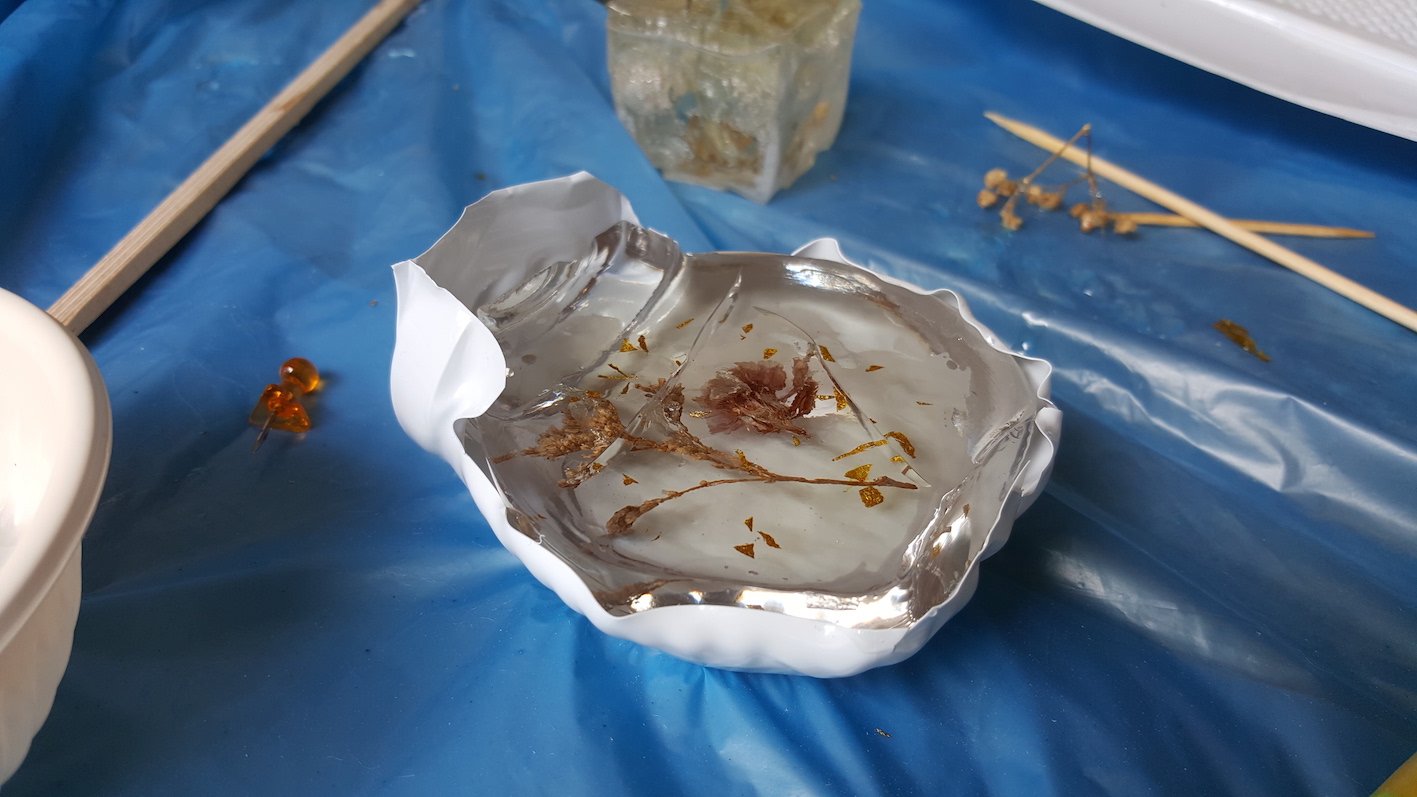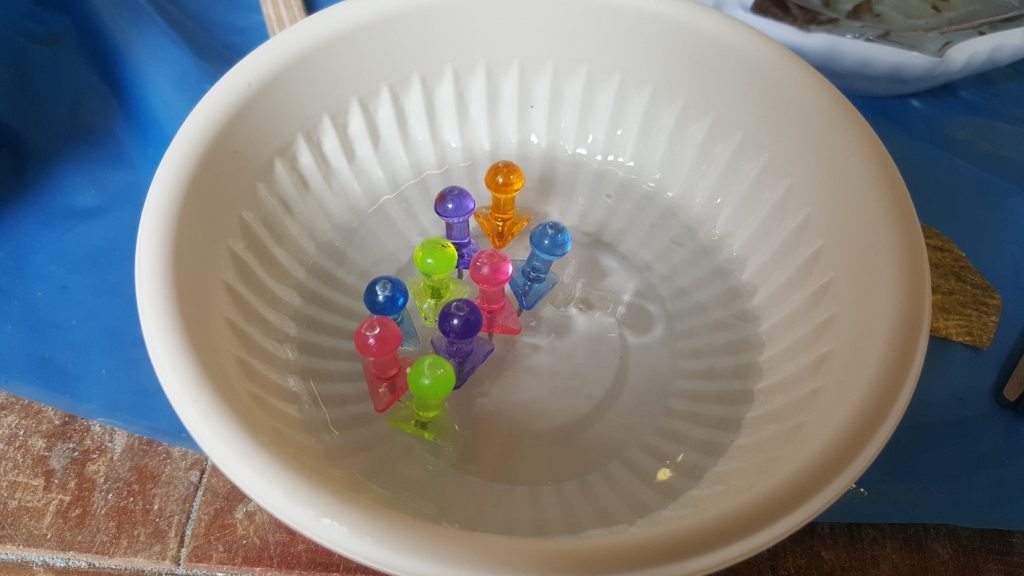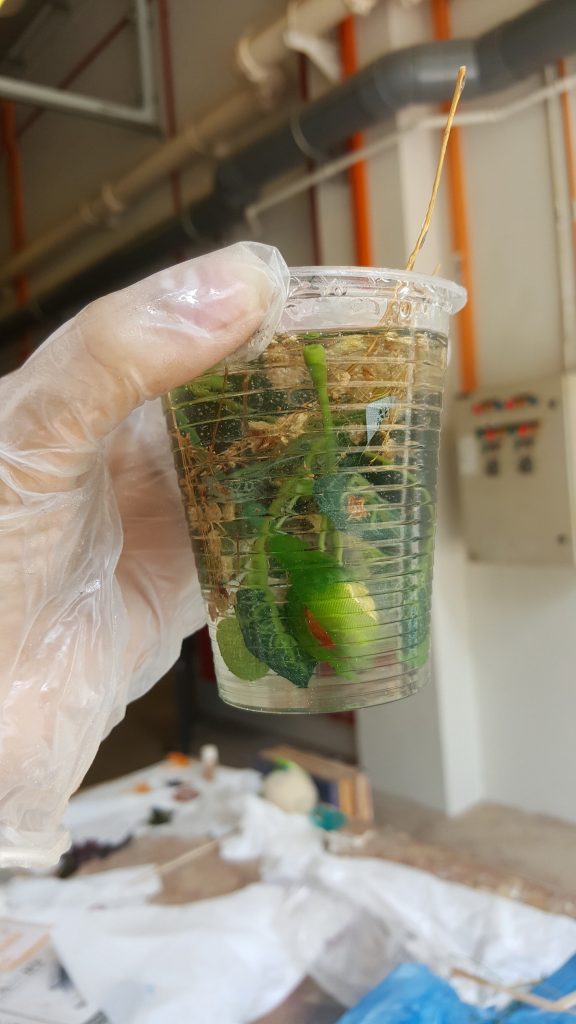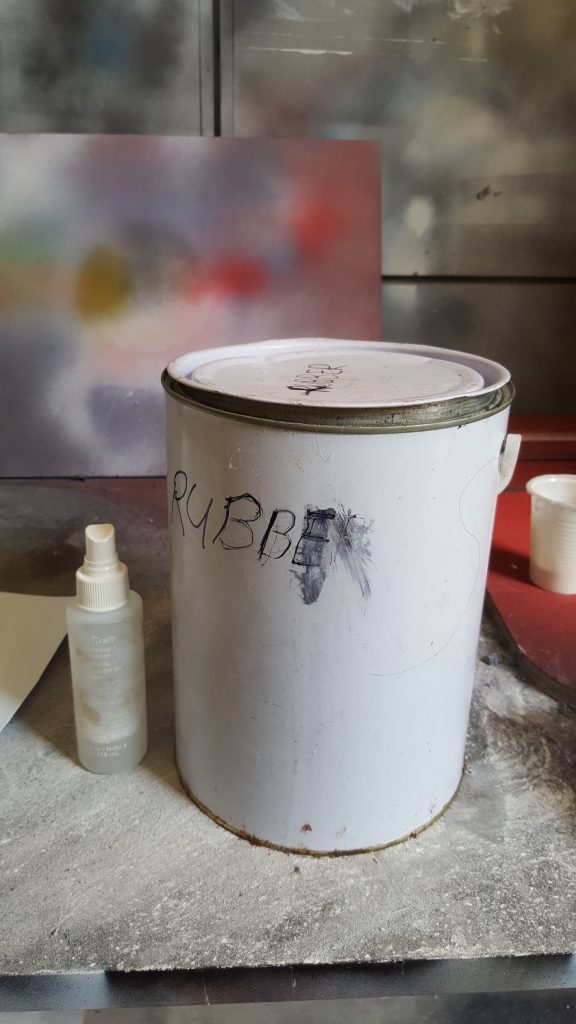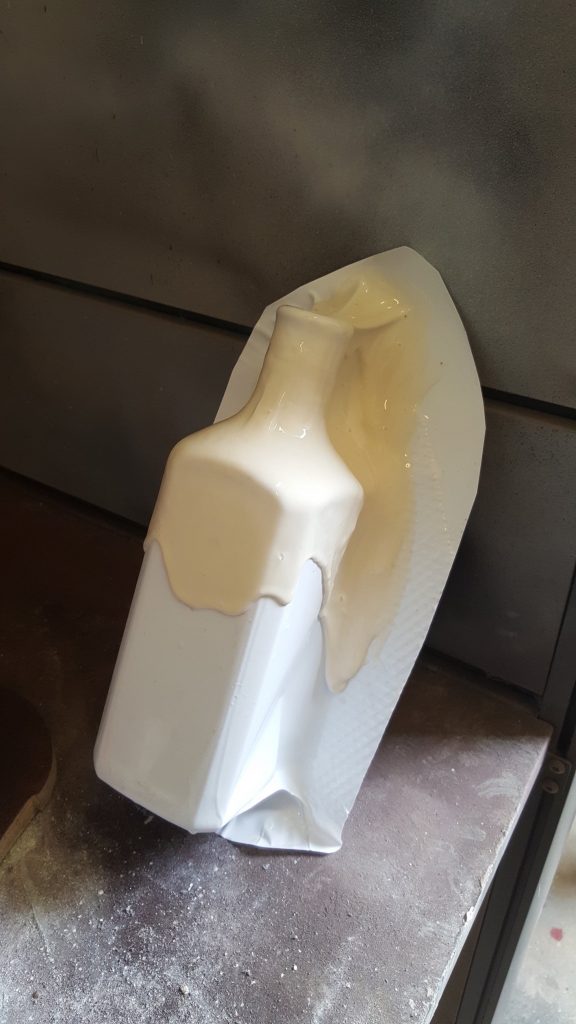The Media City: Media, Architecture and Urban Space
Performing Public Space
Here I will be writing down some of my notes and observations I made while reading this chapter. I felt that whatever written resonated quite a bit with my experiences as a digital consumer and user, especially in today’s age. Written in 2008, it is interesting to see that some of the discussions are still relevant, and how some of their speculations about the future (i.e. now) came true.
The definition of a public domain is described as radically changing. Right now, I think that it has changed, and is still changing – it does not have clear boundaries. With digital media becoming ever more pervasive, the public domain no longer needs to be bound to any physical space, and it exists everywhere.
In the 1980s television screens morphed from a domestic, small-scale appliance, to a large-scale screen. Once in the homes of the people, it has moved also into the cityscape, becoming “one of the most visible and influential tendencies of contemporary urbanism“.

The development of the global network has eroded geographical boundaries. It has also diminished a clear distinction between private and public space.
“… media space subsumed more and more of the roles once reserved for public space”.
Public venues and piazzas, congregation spaces have been overshadowed by the screen. Electronic displays are everywhere. Not just big screens on the streets or on buildings, think something closer to yourself: the one in your hand – yes, your phones! The third space, a.k.a. the internet, while digital and has no physical manifestation, is in itself a public space, no? It is accessible by everyone and it is a place where people, strangers or not, interact with each other. This came as a realisation to me – it has been sitting in the back of my mind.
With public screens all over the streets and mobile media devices in everyone’s hands, with these plastered all over our existence, we have transformed into consuming media 24/7. How will this pervasiveness alter the dynamics of the public space?
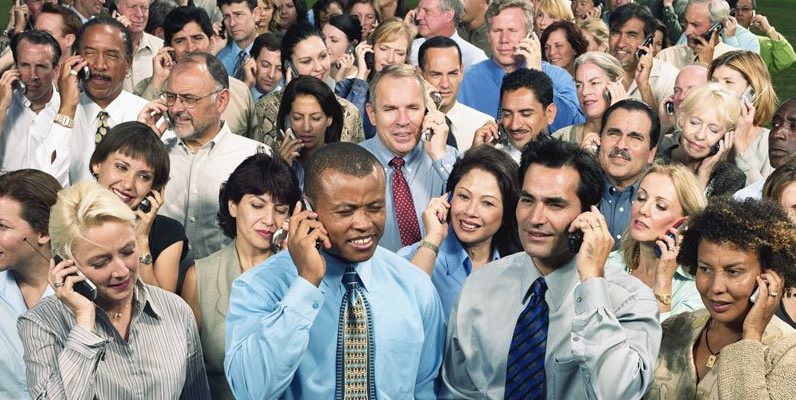
The reading goes on to describe how this has significantly changed human interaction – one that becomes very dependent on media, screens and the internet. Simmel wrote that “the characteristic experience of the modern city is living among strangers who remain strangers“. In the modern city, a common social condition is mutual anonymity, where there is civil indifference, a getting by with your own business kind of living.
This I found exceptionally true in our present time. Everyone is interconnected through the network, yes, but at the same time everyone is disconnected. Always on our devices, we are staying connected with people over the third space, but int he first space? We now rarely interact with people on the streets – we get on with our own lives.
In an Asian context, or at least in my personal experience, especially, I feel that there is this culture of not interacting with strangers, for the potential dangers that it may bring. “… expression was relegated to the private sphere of family life. Silence and uniform behaviour emerged as defensive mechanisms for appearing in public. The result was a public culture privileging looking over talking, detachment over engagement.”
While there are significant differences between the analyses of public space proposed by Sennett, Berman and Benjamin, all three writers share a sense of the importance of a public culture in which people interact, not as voyeurs, consumers or commodities, but as active agents able to understand, and thereby alter, their own social situation. In their analyses the street constitutes a vital theatre for the formation of a specifically modern consciousness.
Is there a need to systemise the street’s benefits and pacify its dangers? Will we succeed in taming the street?
The great towns have become too dense for the security of their inhabitants and yet they are not sufficiently dense to meet the new need of ‘modern business’
In a world where speed is integral and efficiency is valued over most things, what have we forfeited in our attempt to achieve more and more?
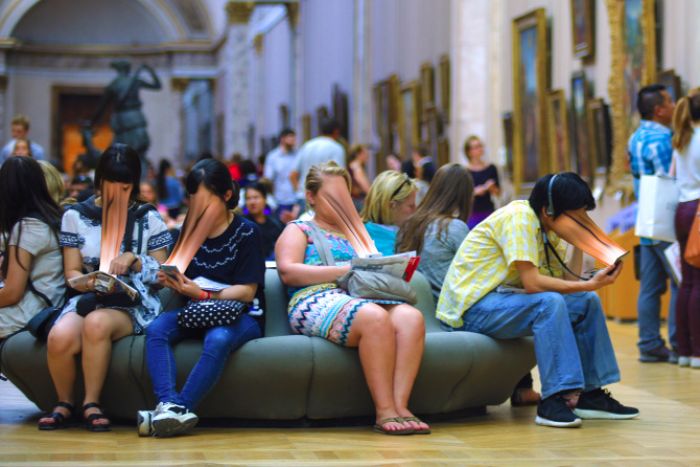
More on the media space becoming also a public space accessible for everyone, Virilio summed it up: “The screen abruptly became the city square“.
Alternative means for virtual participation in a collective social life is presented by our devices. Social life is increasingly becoming a retreat to the private, rather than the public. It is a paradox at its best.
Other than that, the line between private and public also blurs in the sense that the more we are engaged in the digital public space, even if within the confines of our own home, there is still the emergence of a ‘surveillance society‘. As the private space merges with the public space, there is still a need for privacy, for security. Questions on trust are raised – “social interaction becomes increasingly dependent upon the collection and checking of large volumes of information about individuals.” At the same time, however, “surveillance sometimes becomes a mirror for experimental constructions of the self.”
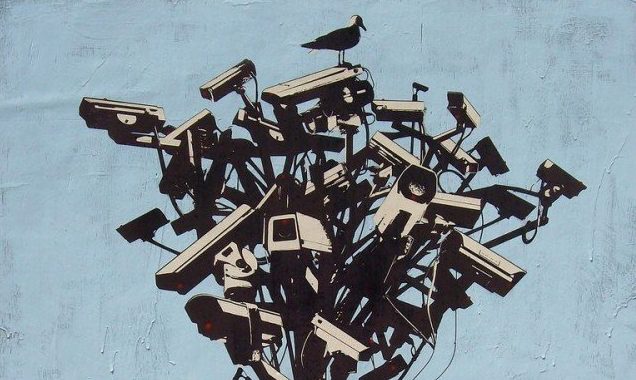
It was interesting – I have always thought that surveillance had a slightly more negative connotation, but I never thought that it could be a medium for self-reflection. When we are alone, we release our true selves. When we are being watched, we tend to put on a mask, we speak differently, act differently, move differently. When we don’t know that we are being watched, our true selves show up and that’s when we can watch ourselves objectively and be critical of ourselves.
Some urban interventions have the purpose of alerting people to their imprisonment by urban routine.
As Hegel demonstrated long ago, there is a fine line between the master and the slave. The technological environment needs to know what we like, or at least what we do , in order to anticipate our needs. But at what point does ‘anticipation’ become a neo-Weberian ‘iron cage’ for shaping behaviour?
How scary is it that everyone is consciously, willingly, letting their lives into the complete grasp of technology? Even after saying this, it’s not likely I will do anything about it – any consequences do not seem very real. It’s convenient, it’s a part of my life. I embrace it and am a passive consumer.
I have visions of techno-hipsters with bluetooth headsets jammed in their ears, capturing 15-second video clips of the urban ‘condition’ on their phones and texting knowing messages to their hipster-doppelganger pals in line behind them on the flaneuric boulevard of derives. (Beaudry 2006)
Chills. This was written in 2006. This is the truth of our society now. We are more and more becoming like androids, inseparable from technology.
The next part talks about the role of new media art in public space, which is to provide an alternative to showcasing art strictly in art galleries, in too carefully curated spaces, with a notion of highbrow exclusiveness that intimidates the layman. There might be audiences who might never cross that threshold, and new media art in public spaces can intervene in that: if people won’t come to art, bring the art out to them.
New media art in public spaces can then become an integral part of the construction of social relationships.
As Sennett and others have emphasises, public sociability is not natural; it needs to be learned, nurtured and practised. In an era in which public space is dominated by spectacular ‘brandscapes’ and pacified by the distributed technology of surveillance, new forms of public interaction facilitating qualities such as collective participation and unpredictable collaboration hold increasing social importance. In this context, the role of artists using new media to construct experimental interfaces in public space can assume strategic value.
In Lozano-Hemmer’s works, he tries to “introduce interactivity to transform intimidation into intimacy“. I really liked the way he put it, and I feel that this is a great mantra to keep in mind when creating for public spaces.
Let’s be real, people are scared to interact with other people. I’m scared. Public artworks have to challenge this animosity between strangers in order to bring them together, to enjoy the work and the space together.
“To create a delicate balance between personal participation and collective interaction, between active engagement and reflective contemplation.“
Overall, this reading has made me think about the ways to approach creating works for public spaces, about media, architecture and the urban space. There are many considerations to creating work this way, and I hope that eventually I would be able to reach my own understanding of this particular form of art-making, and my position as an artist with the potential of redefining the urban space.
